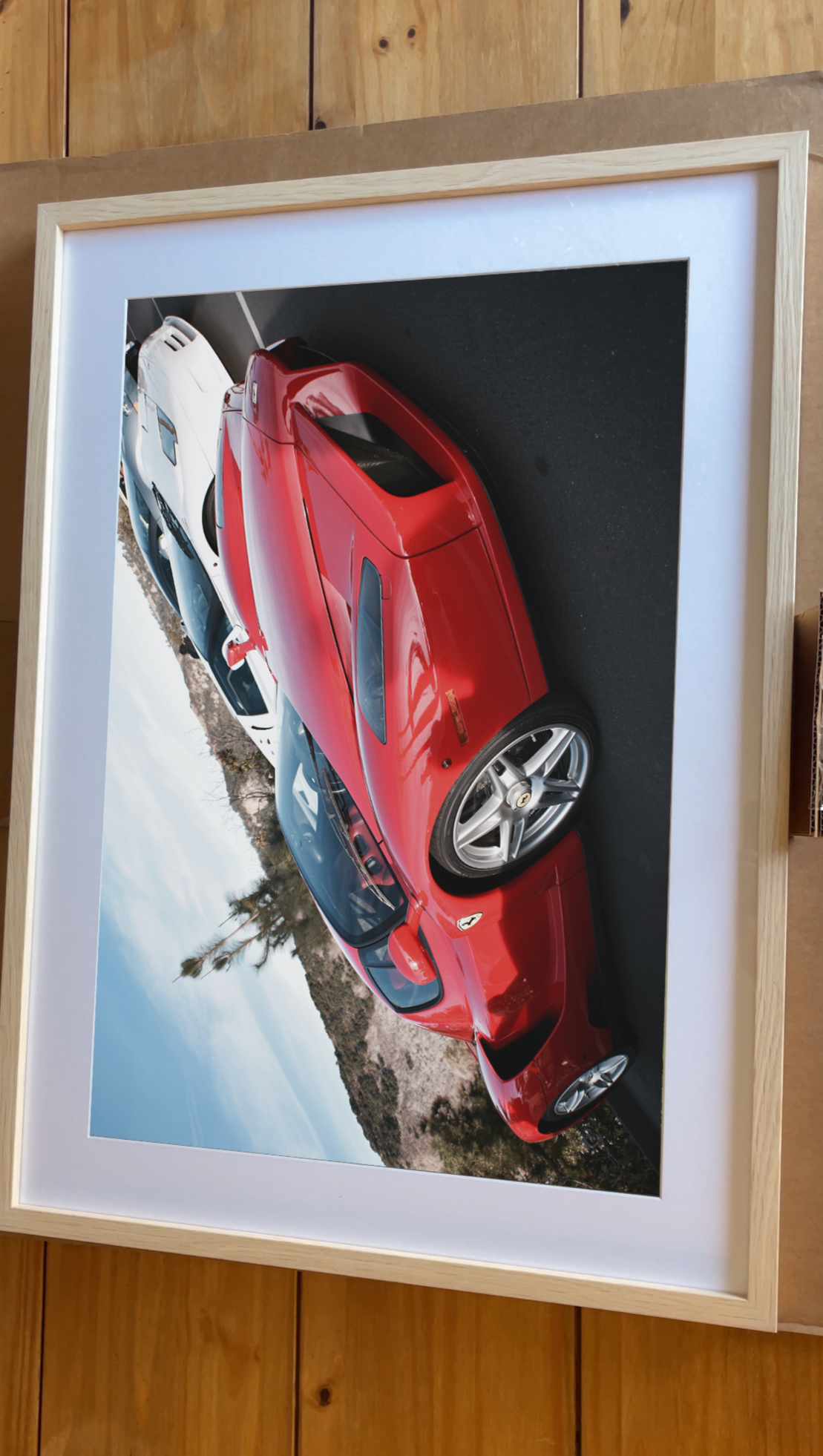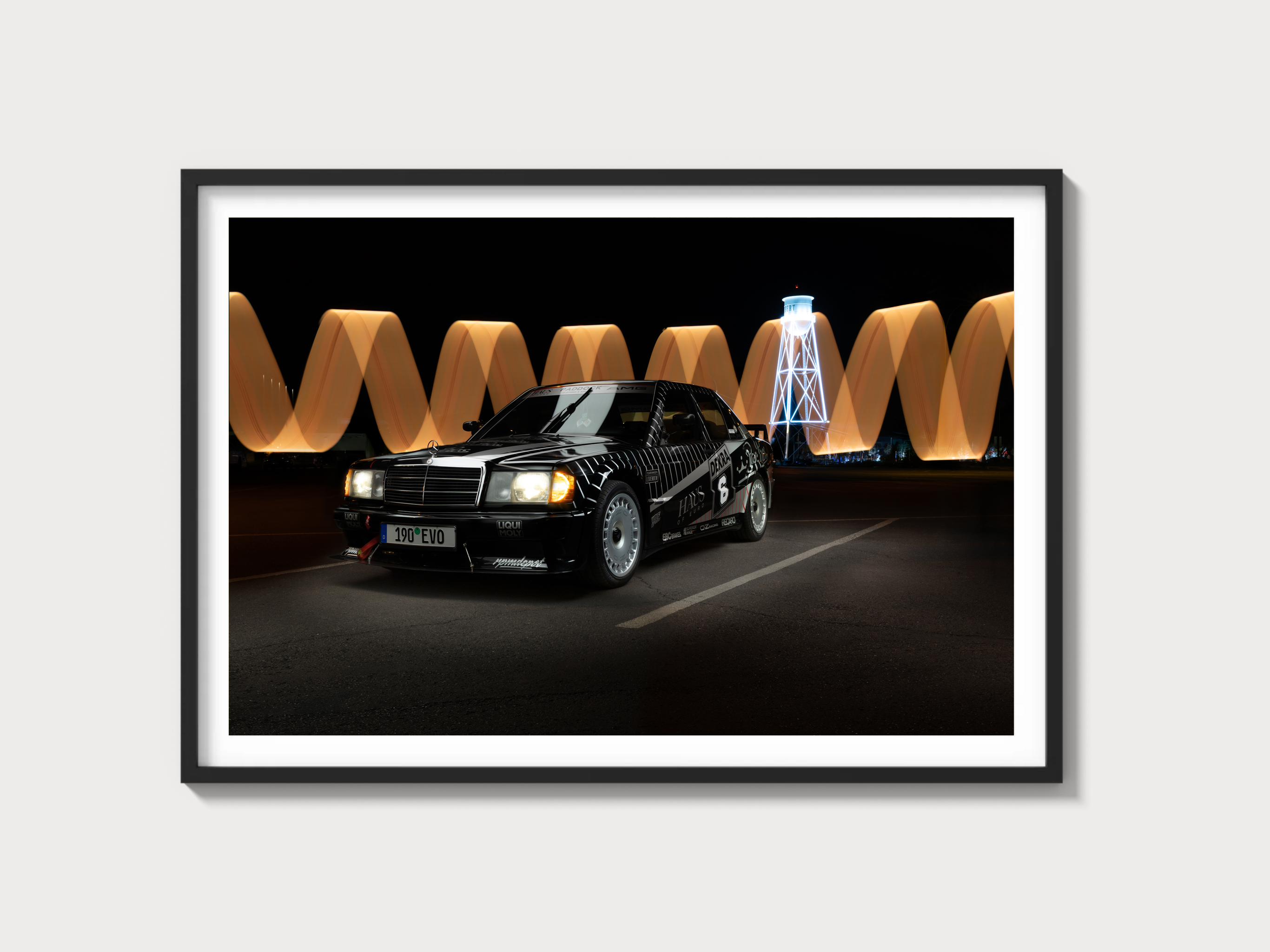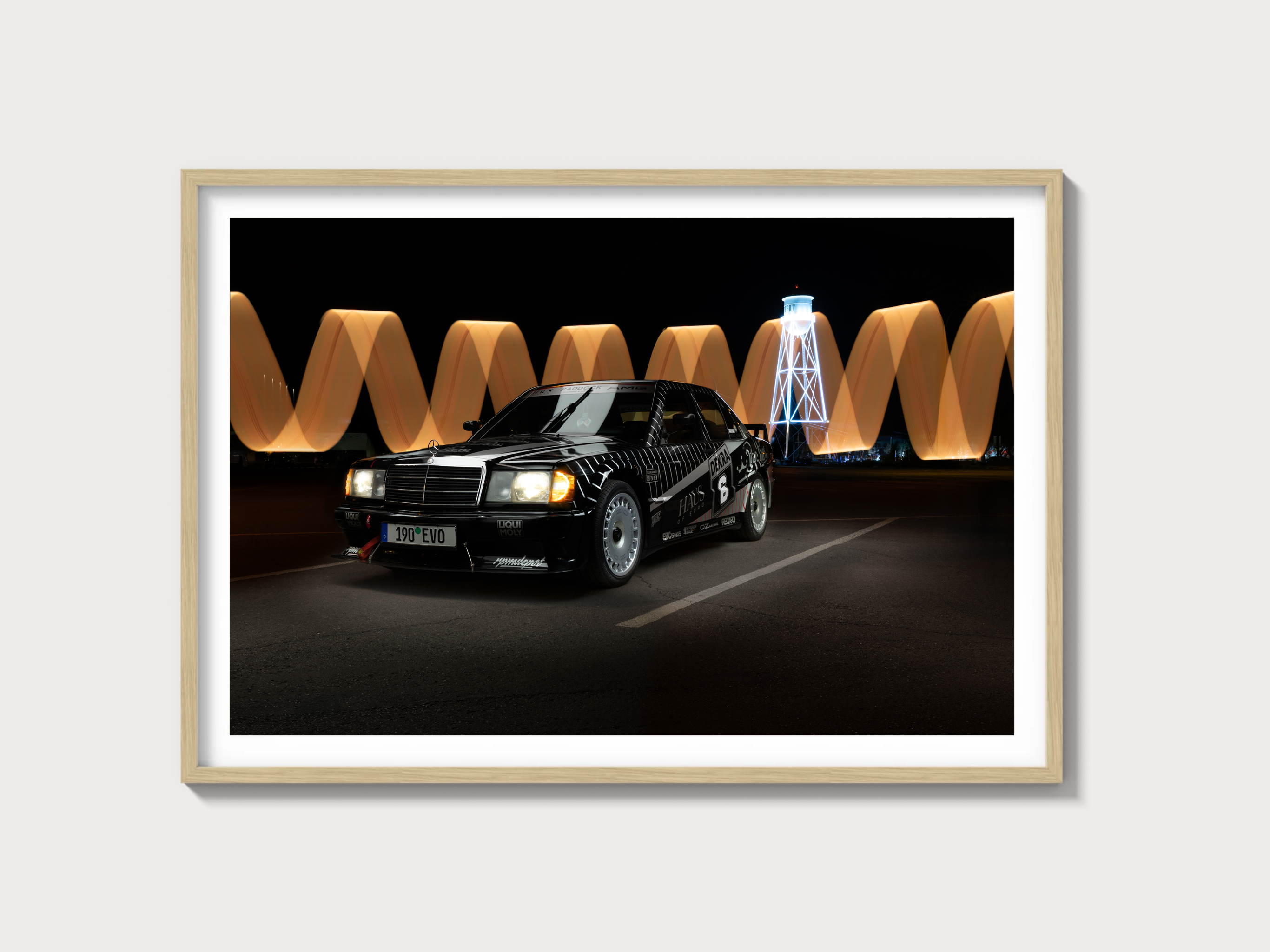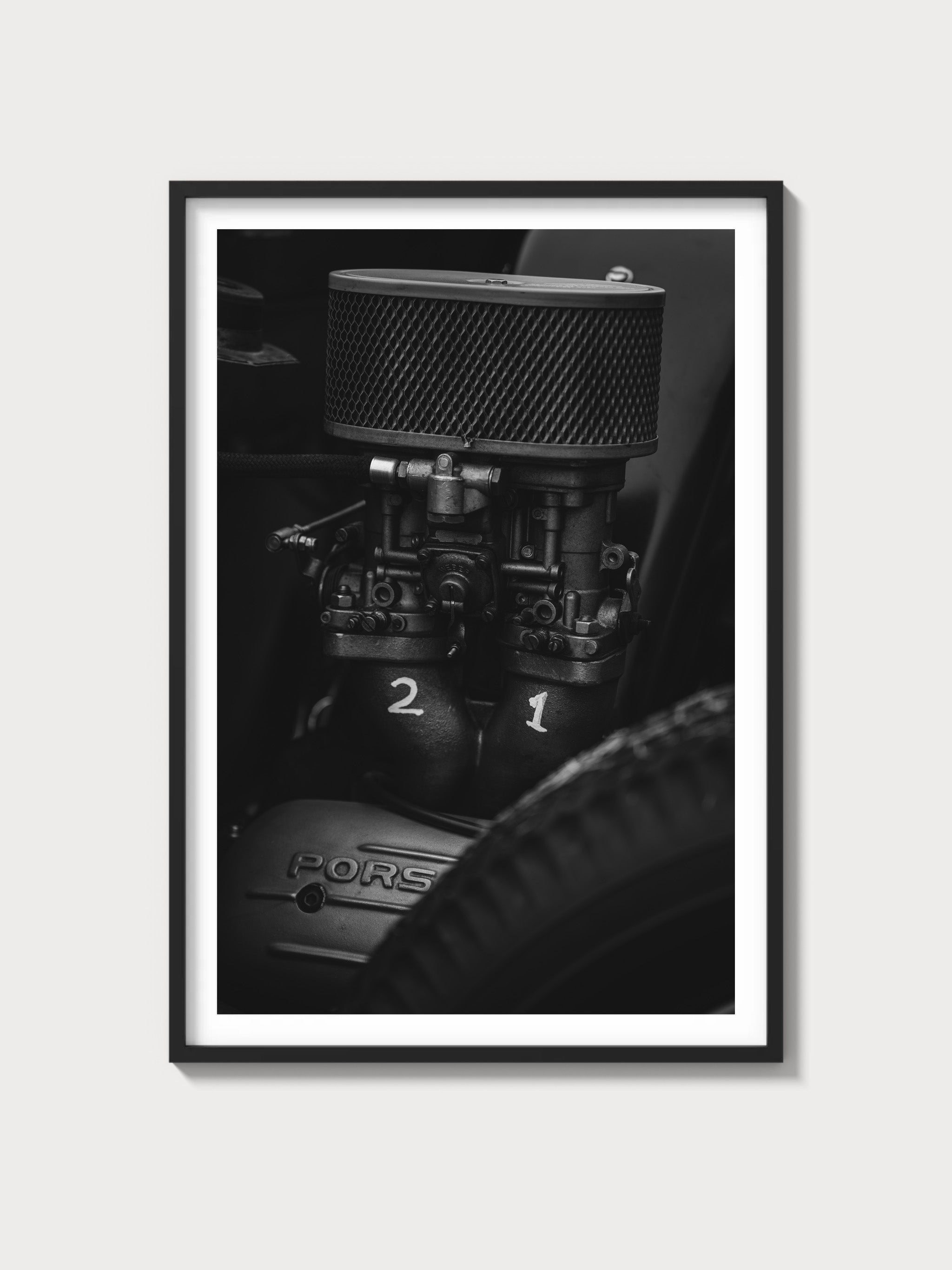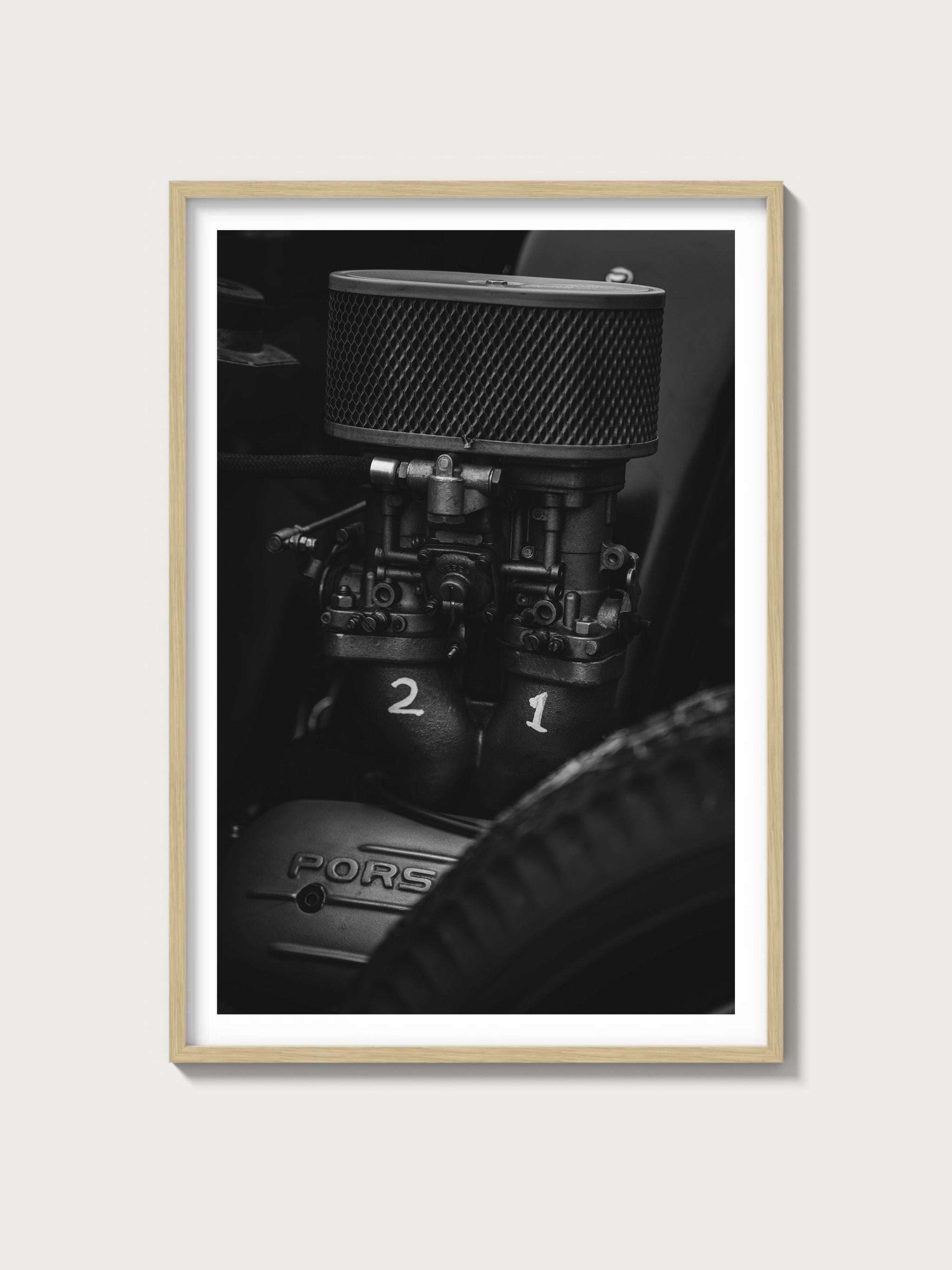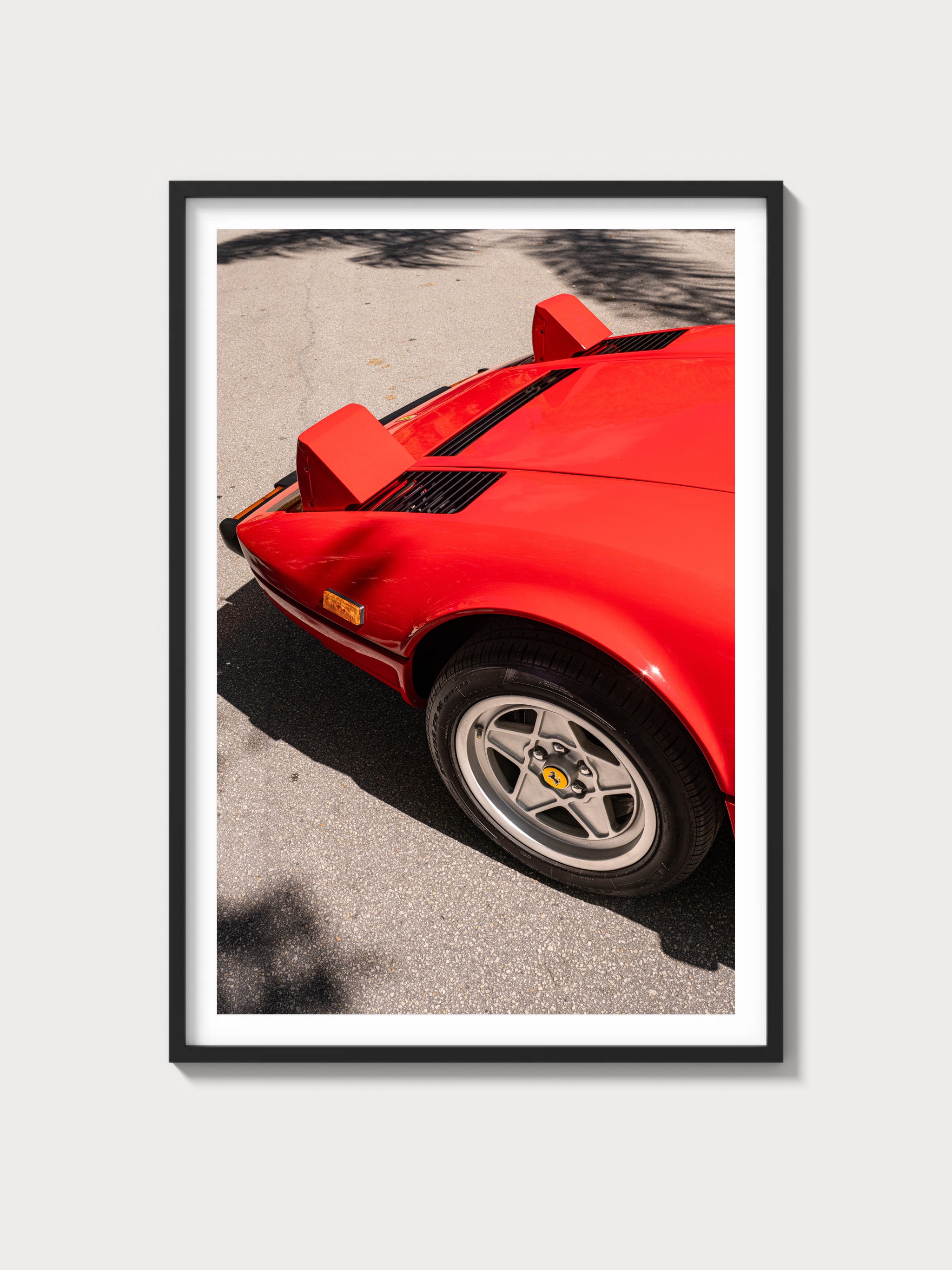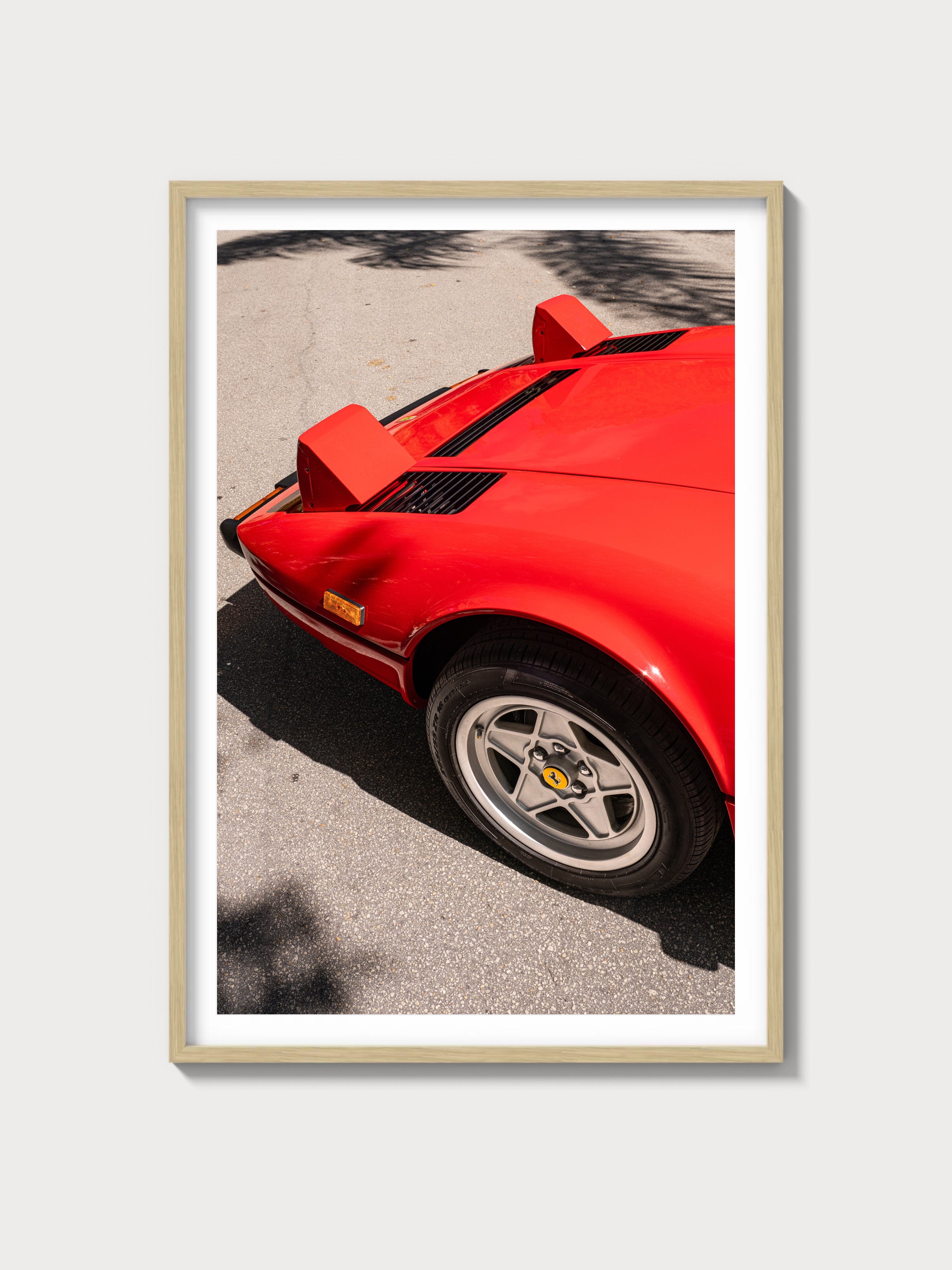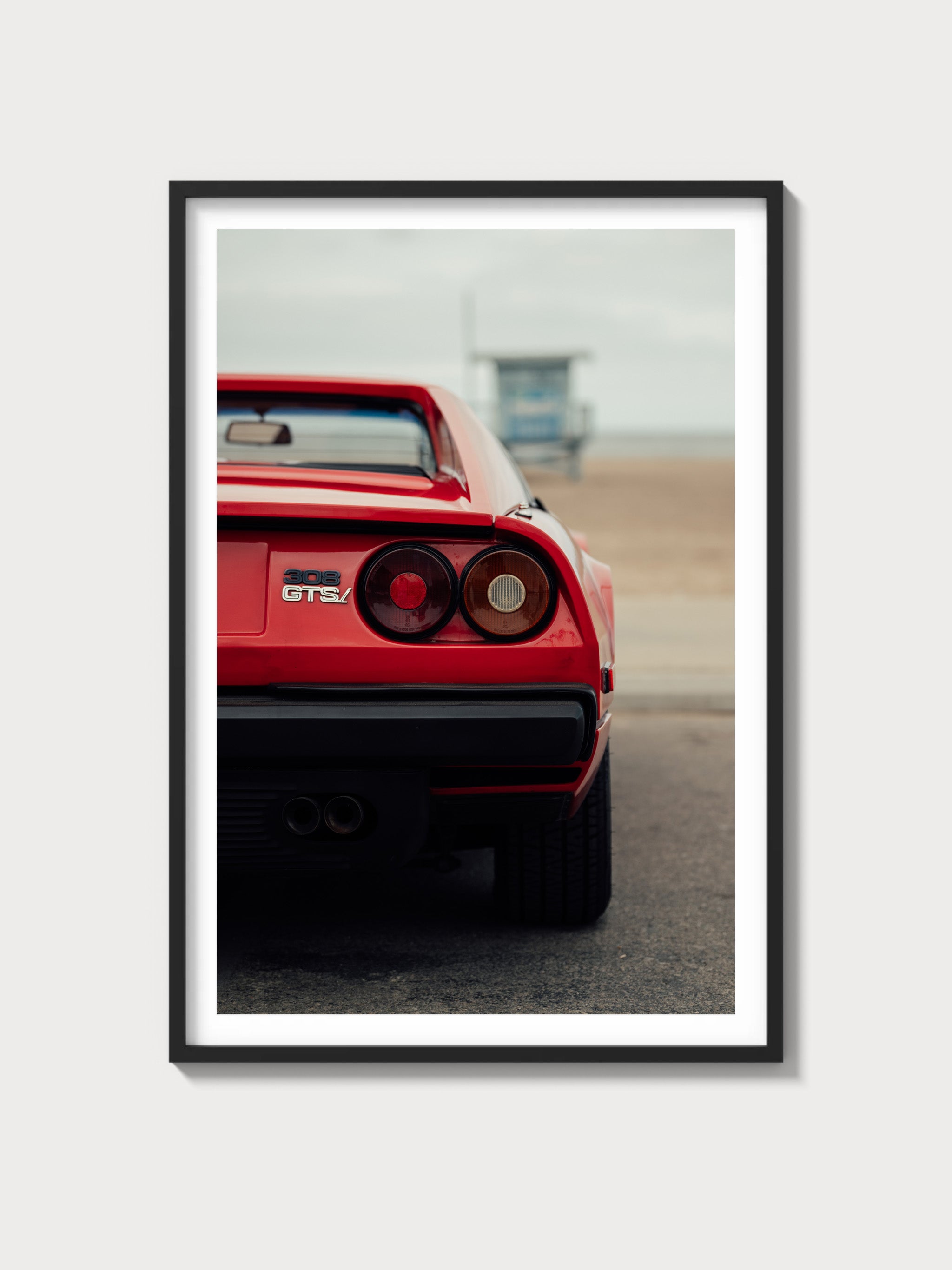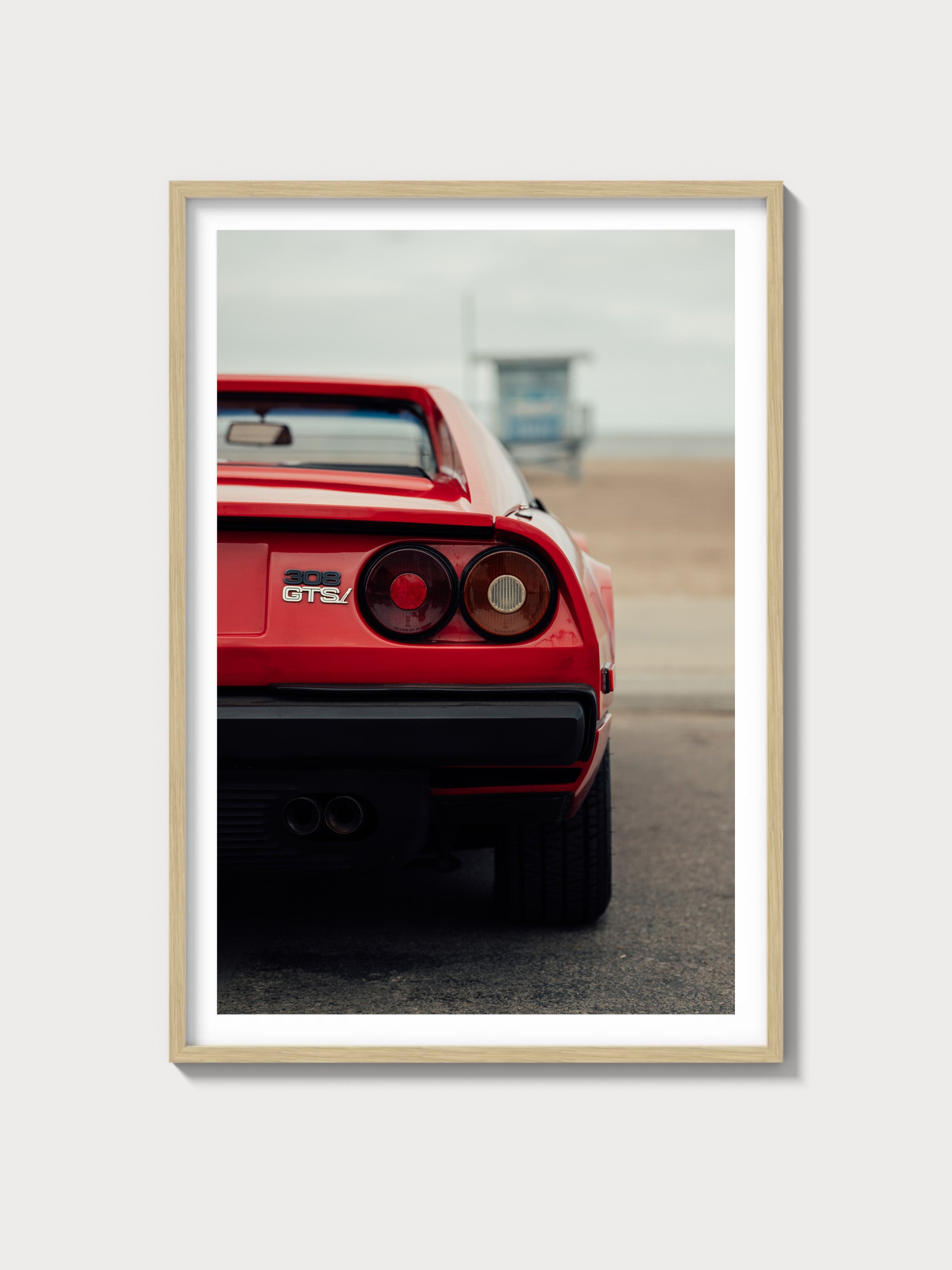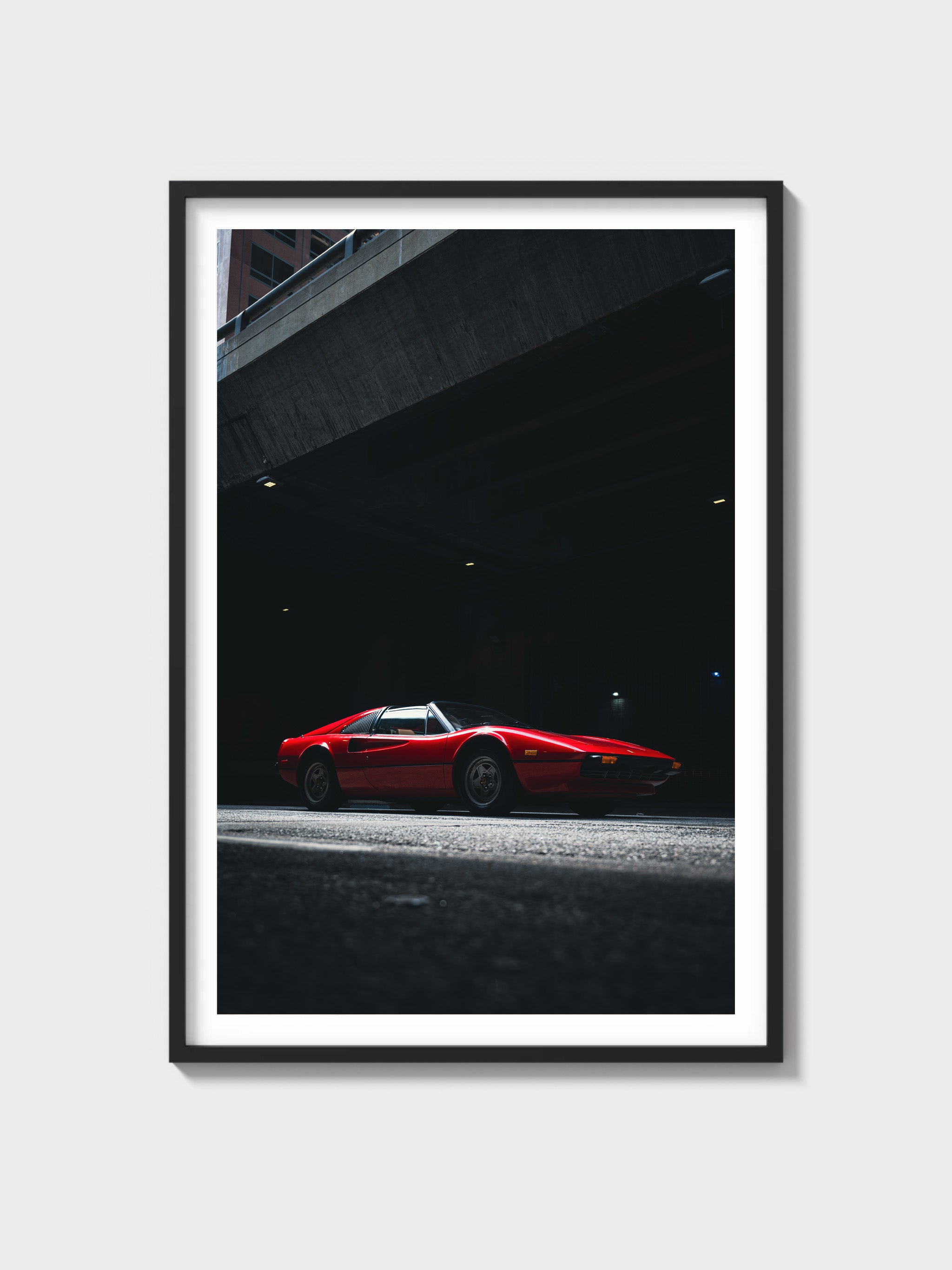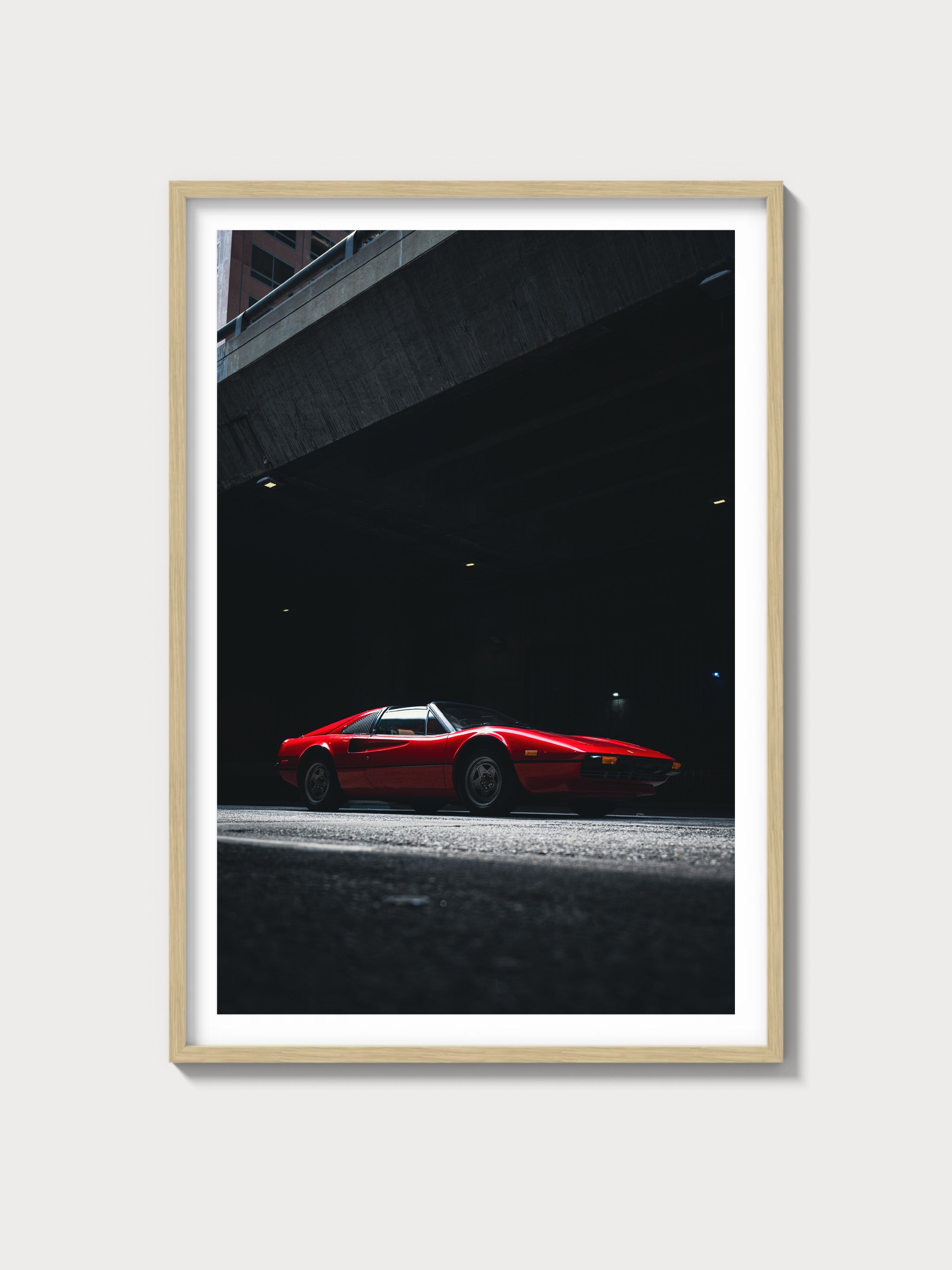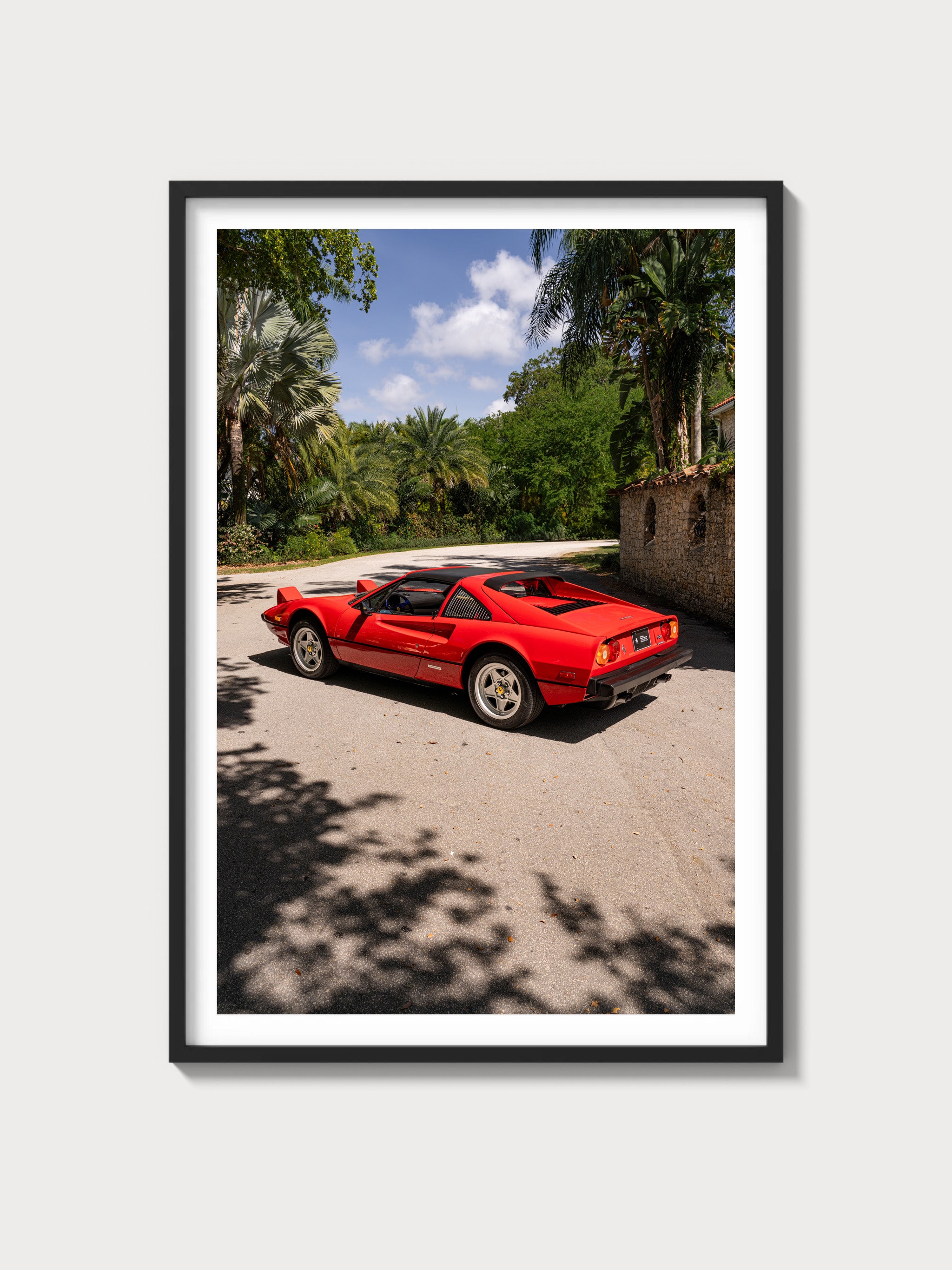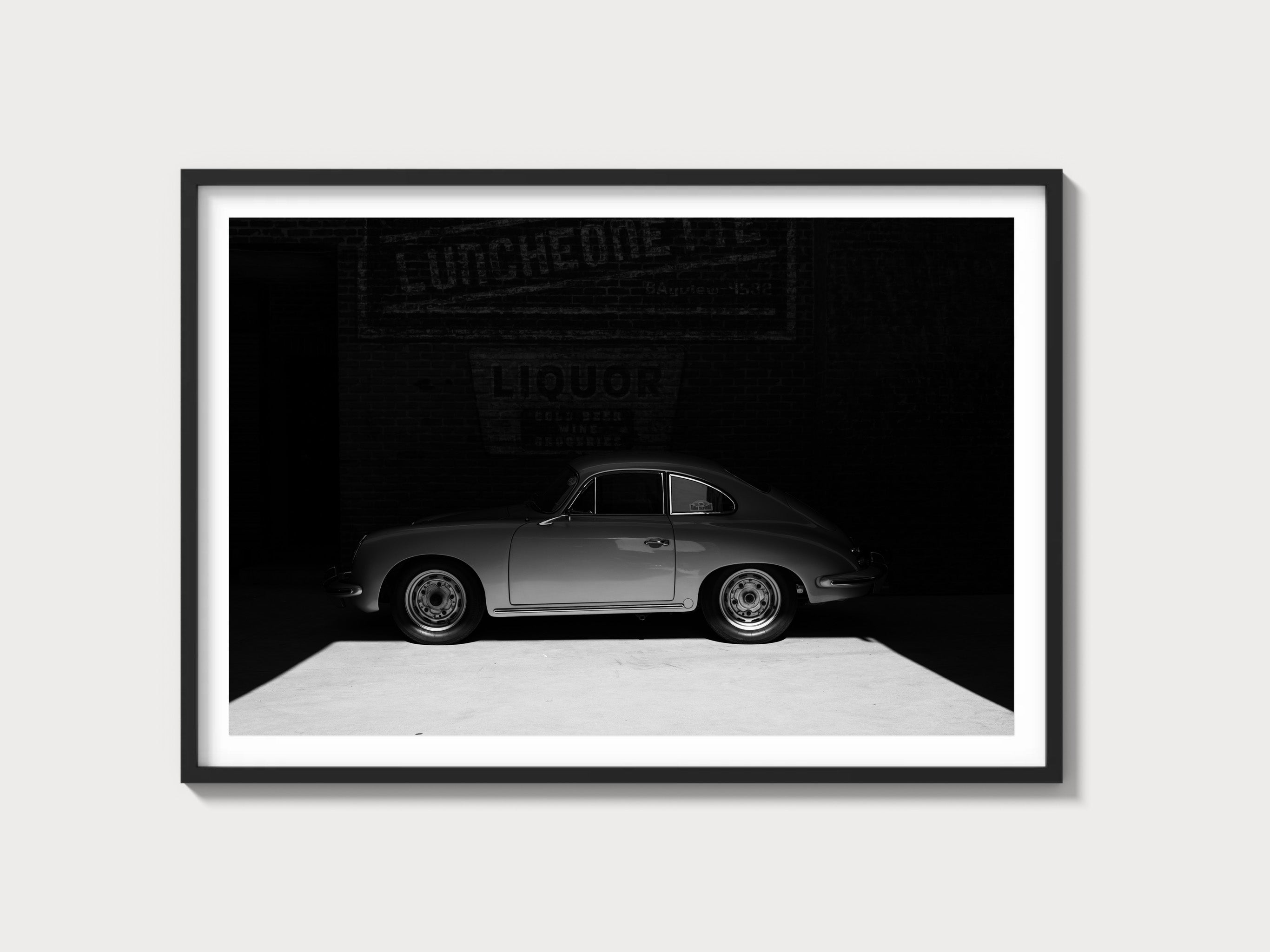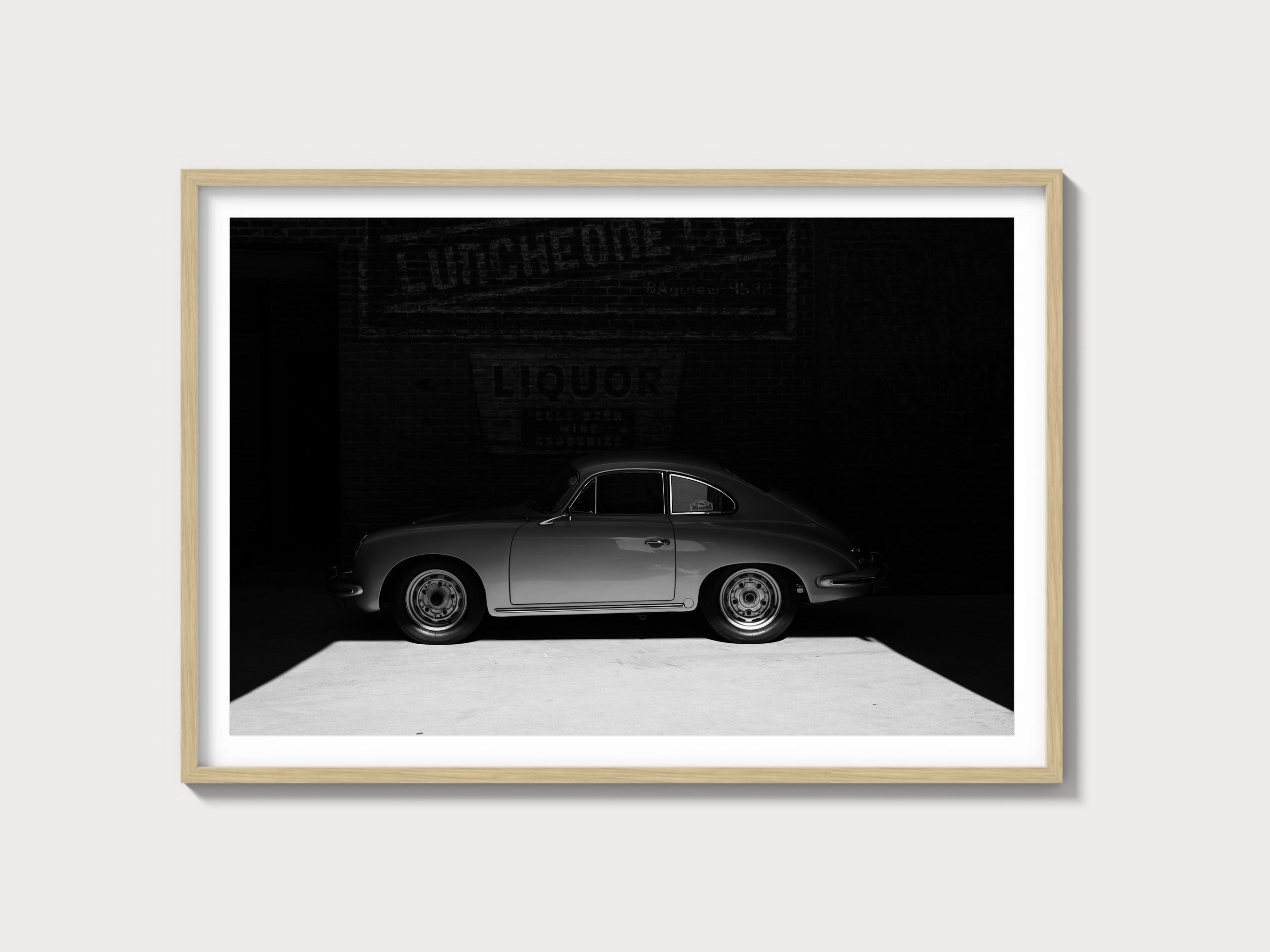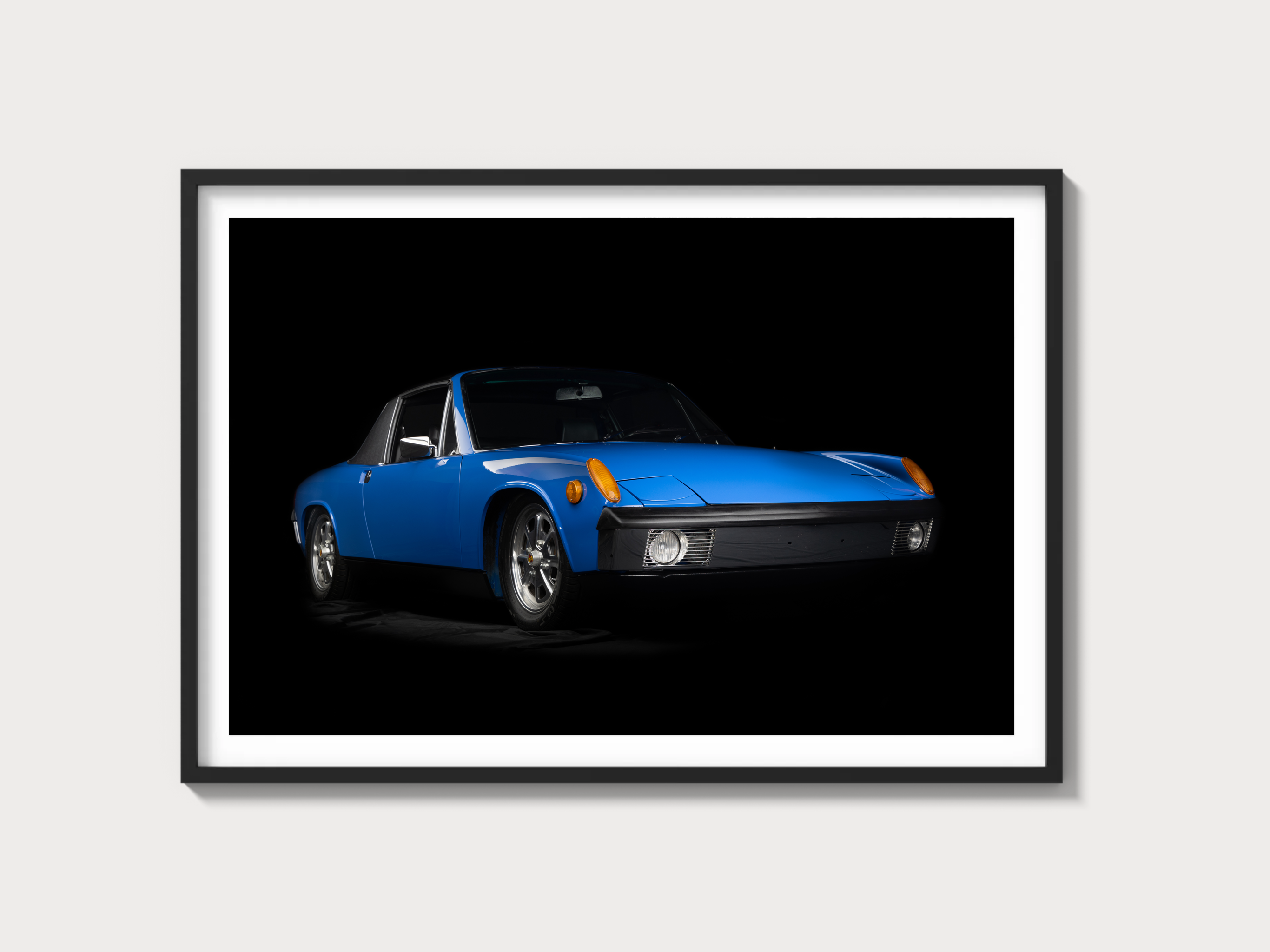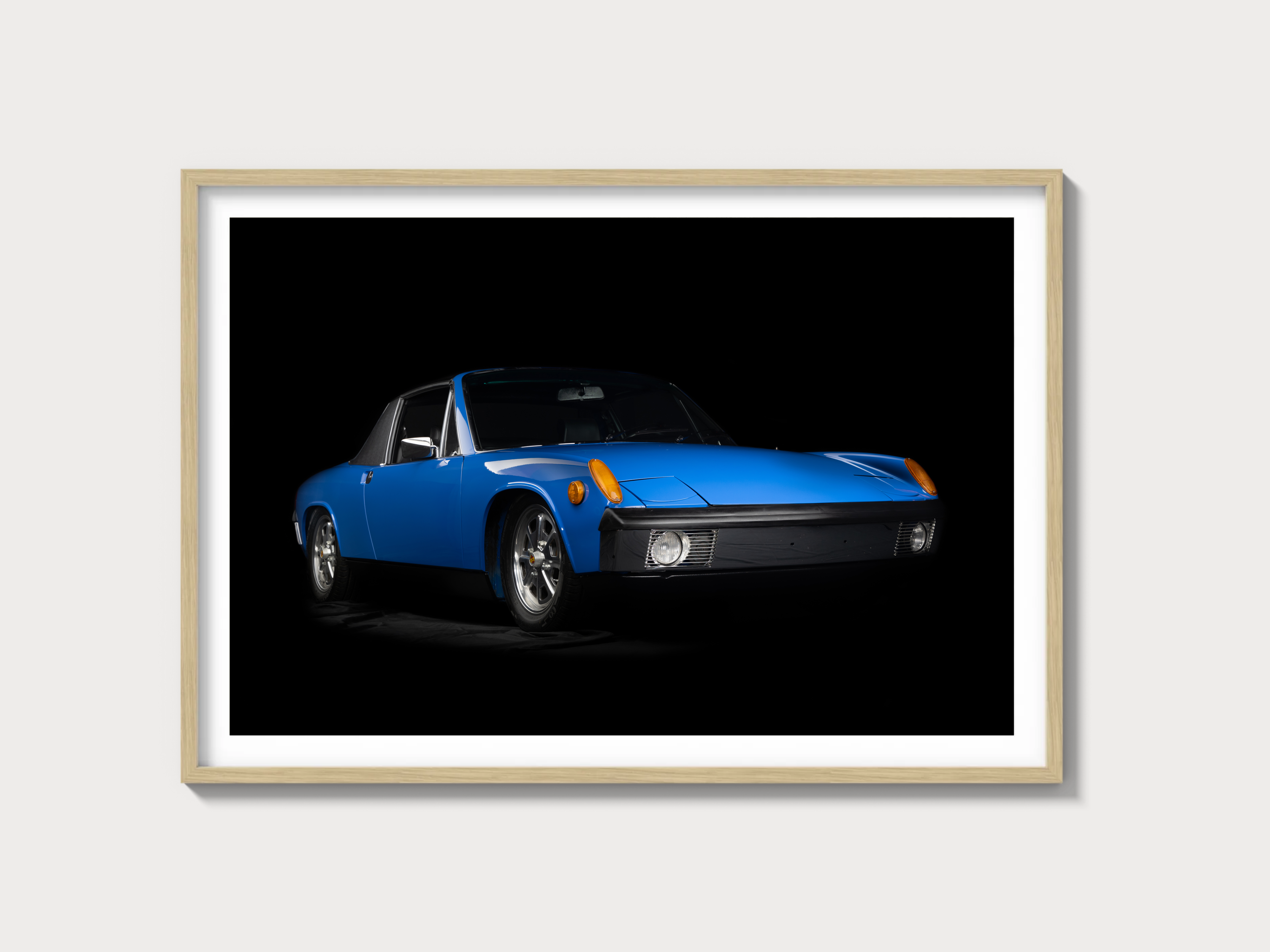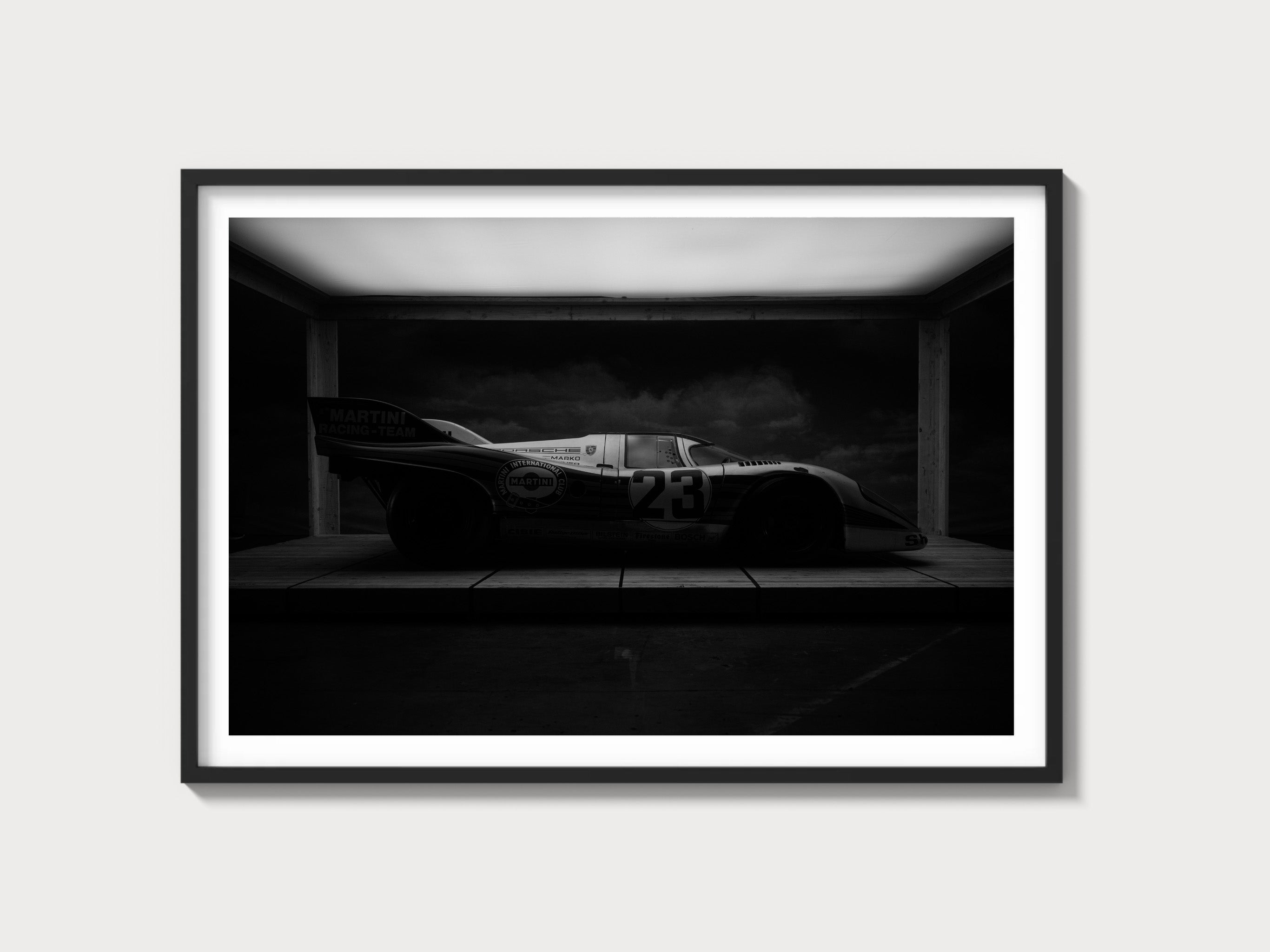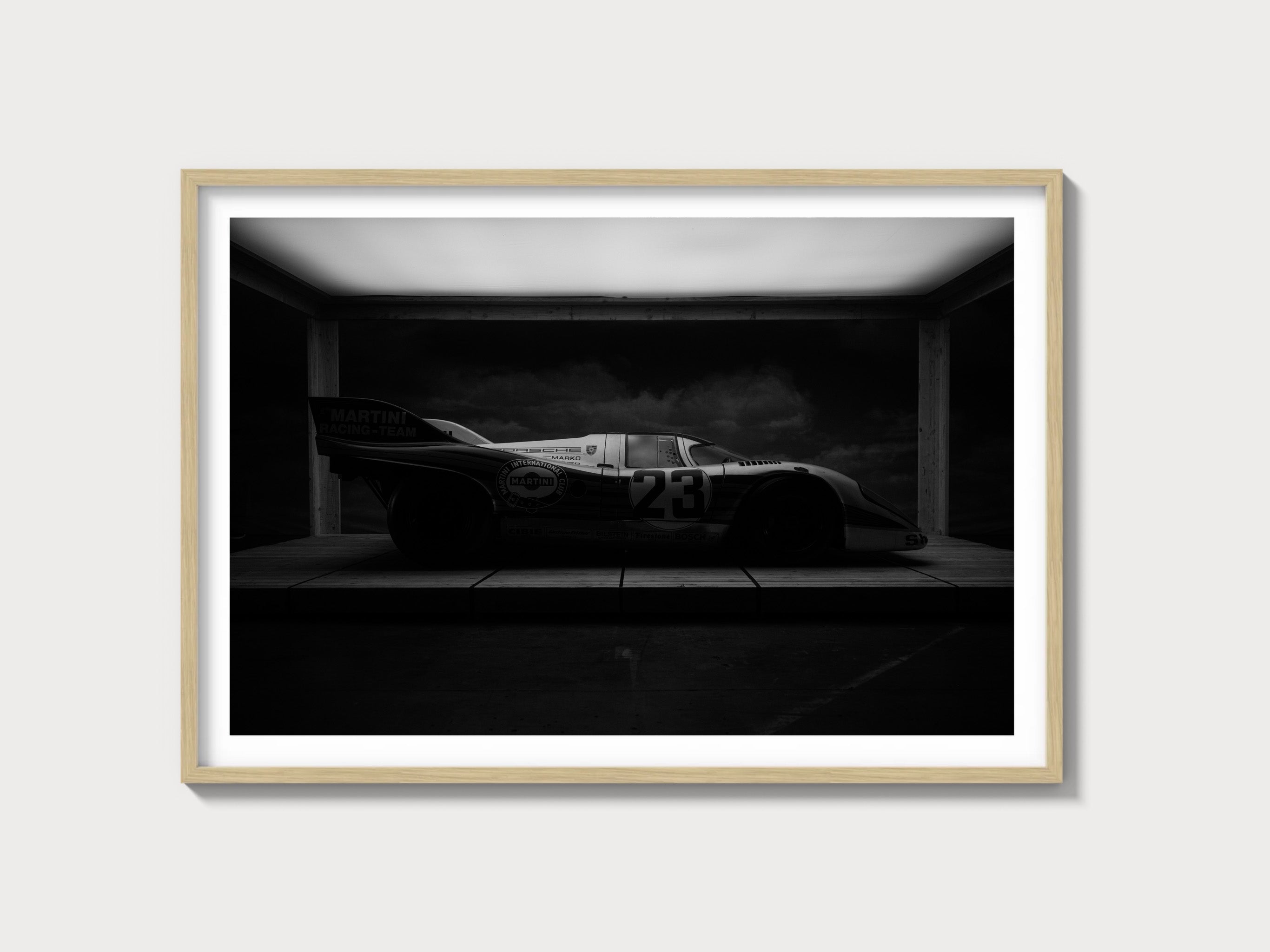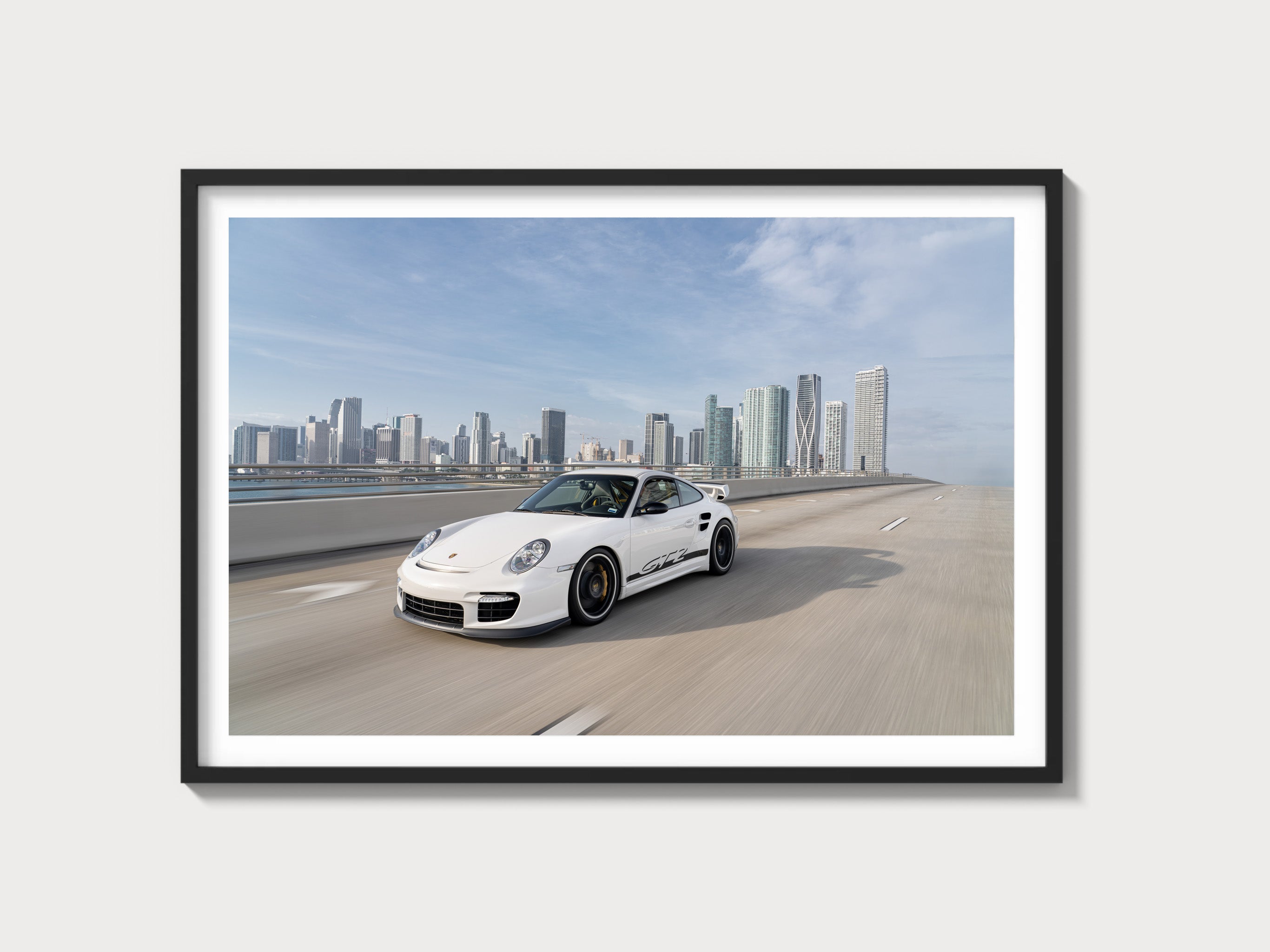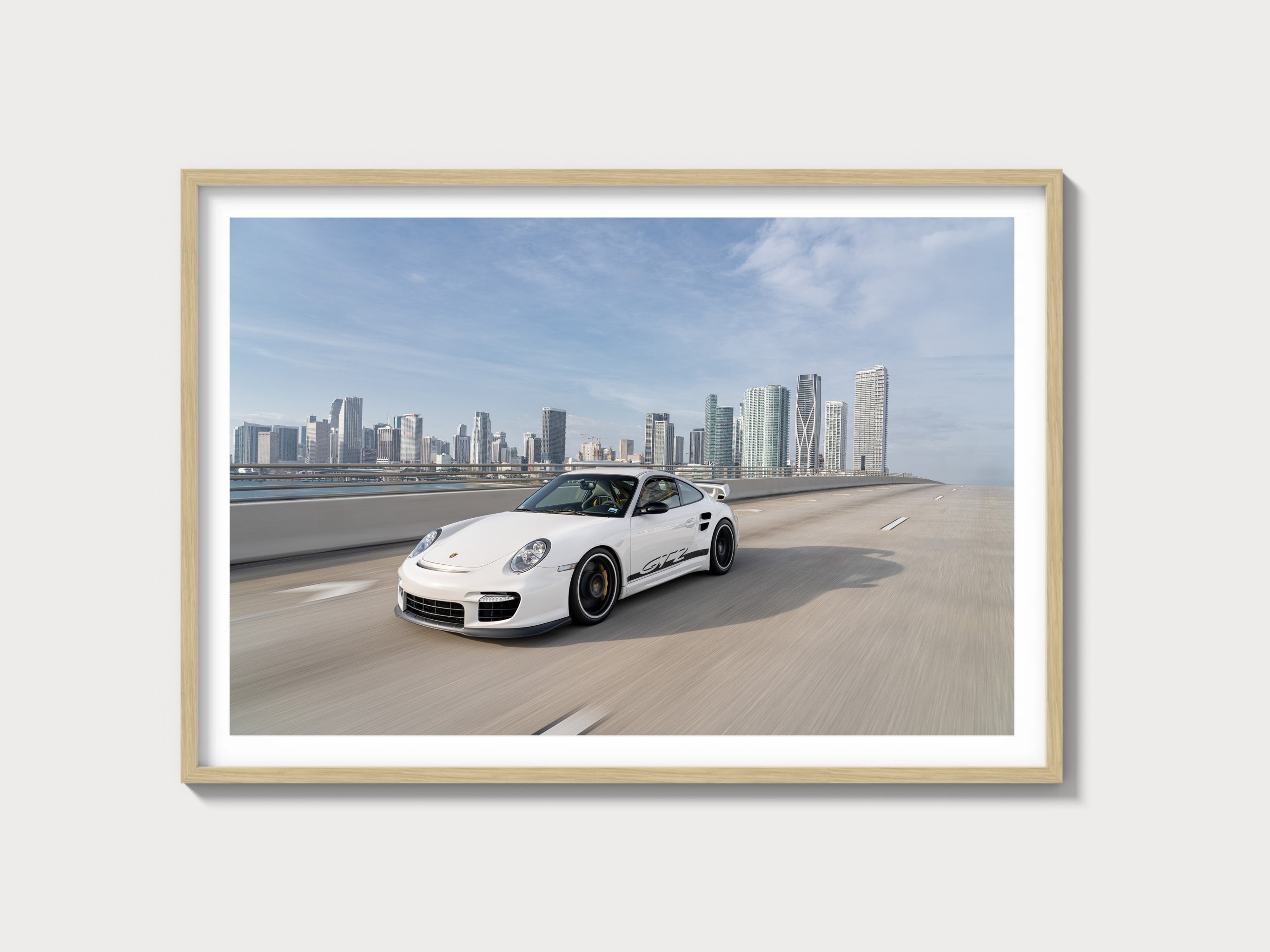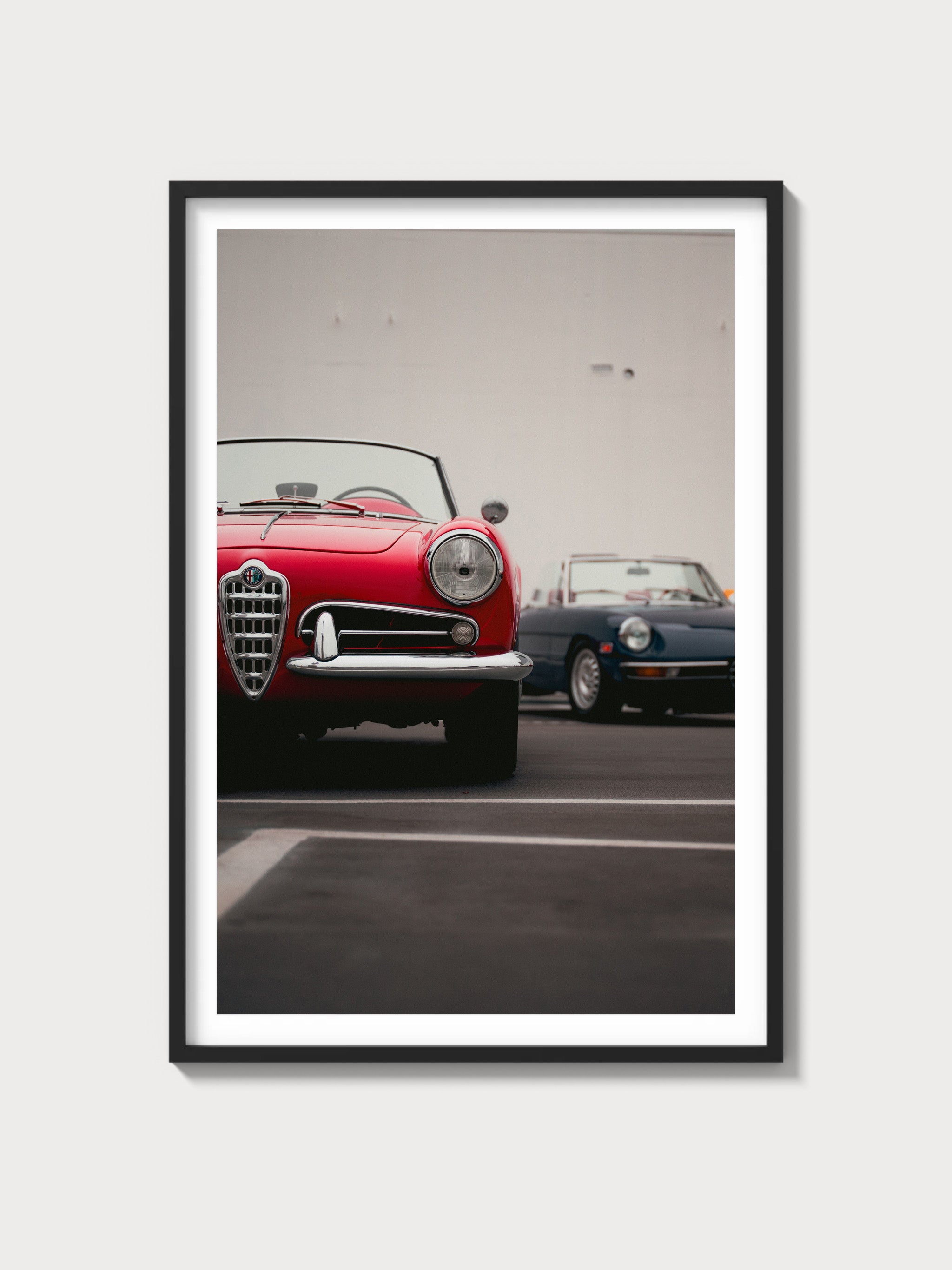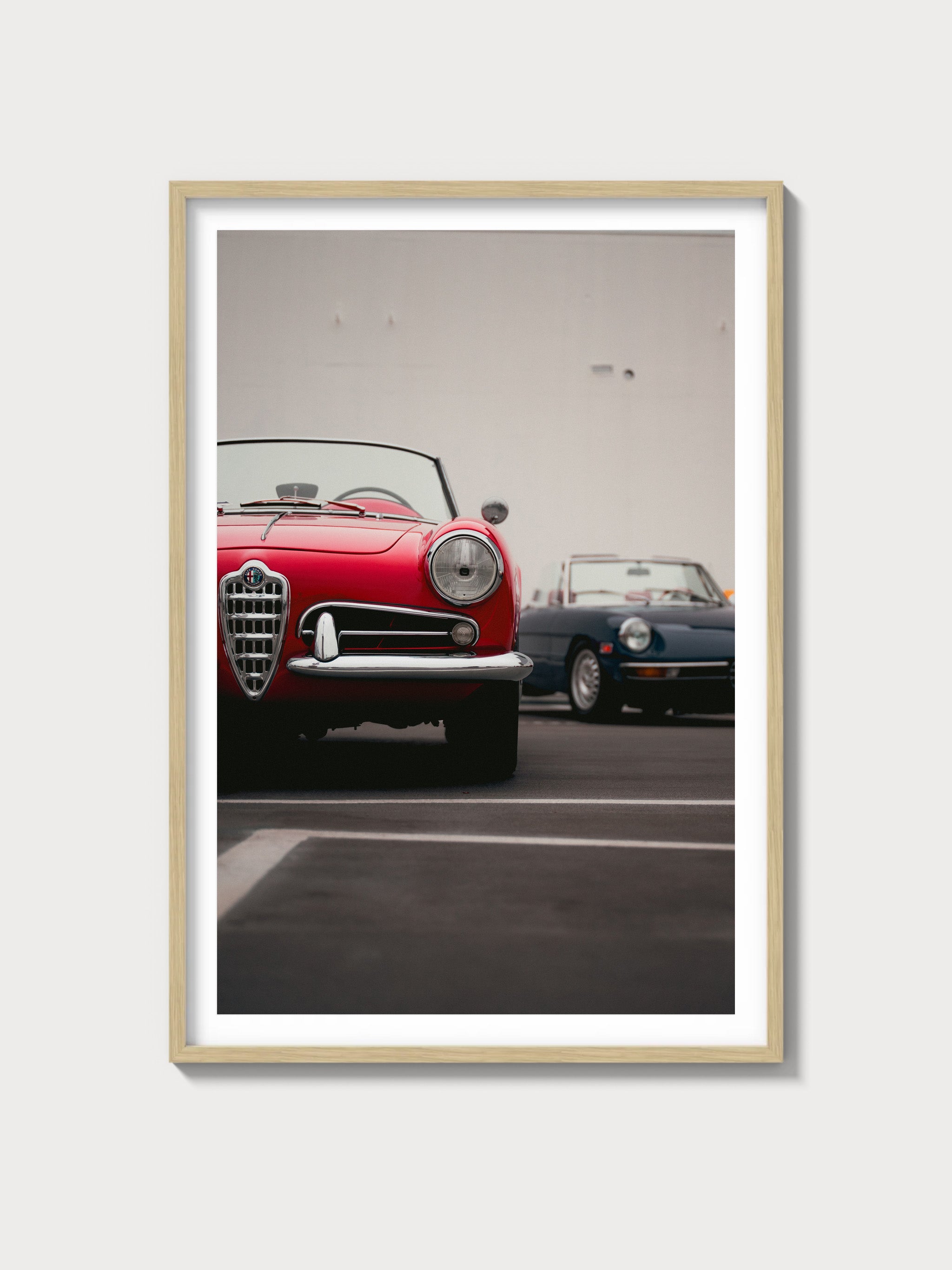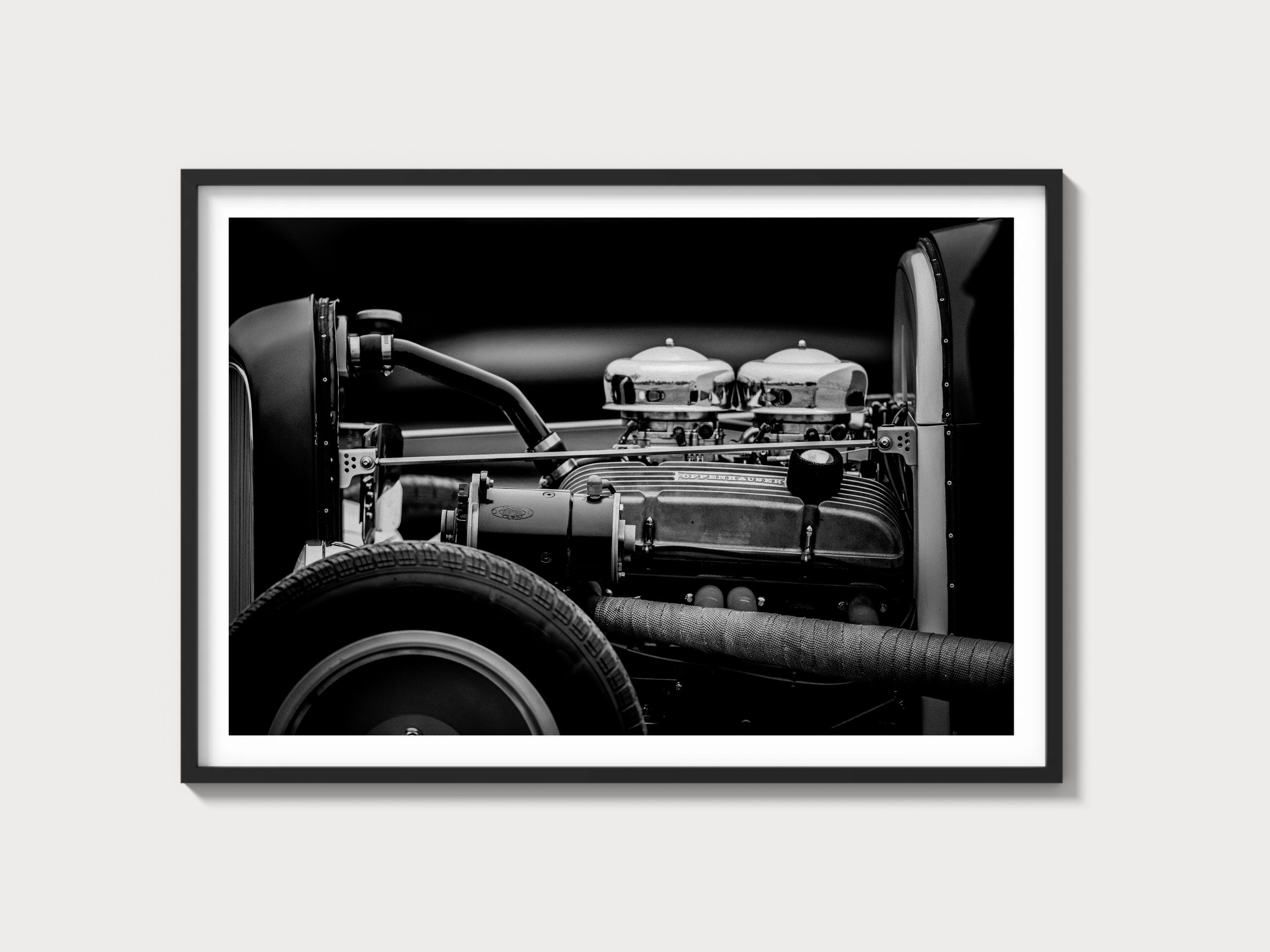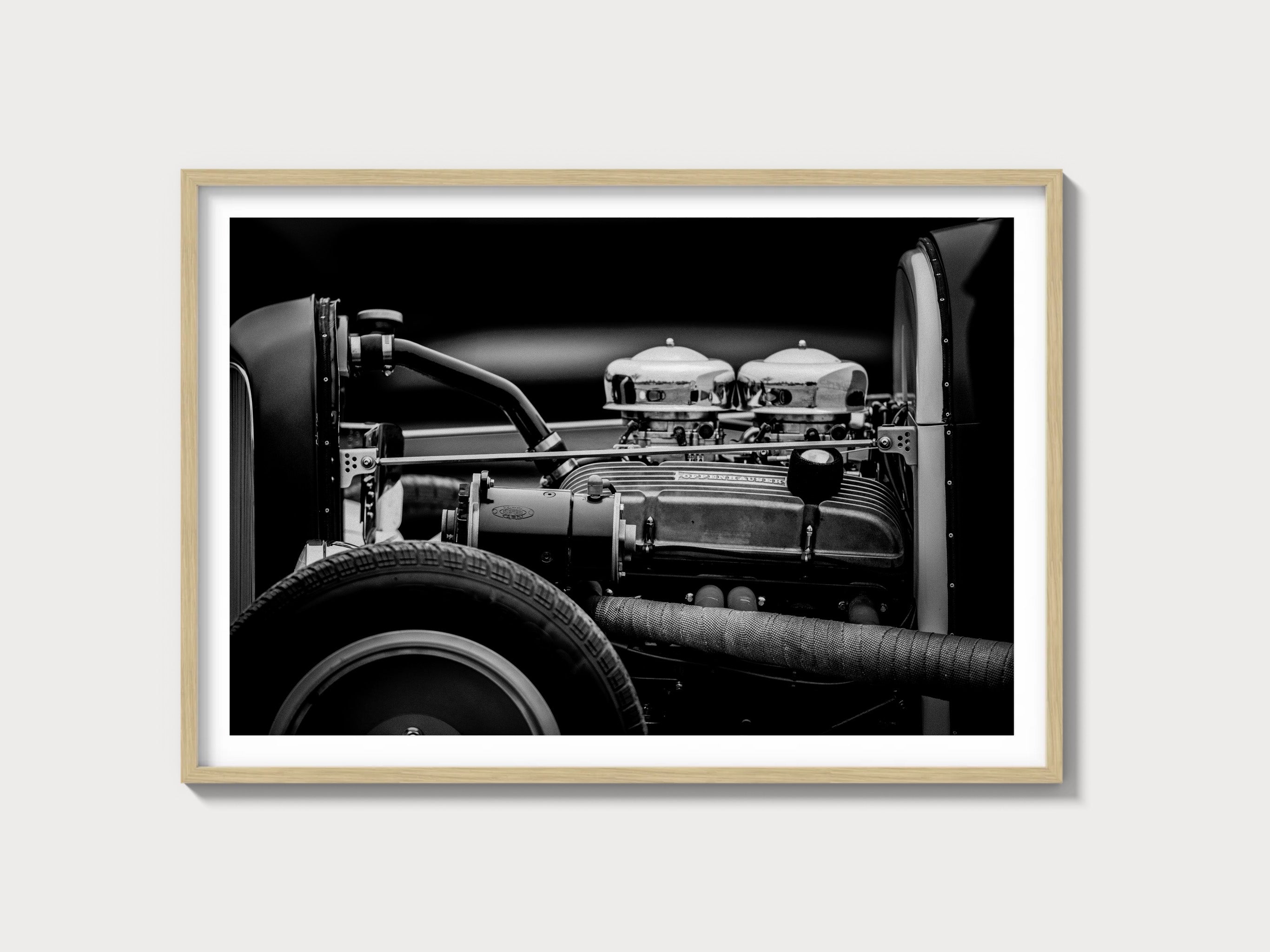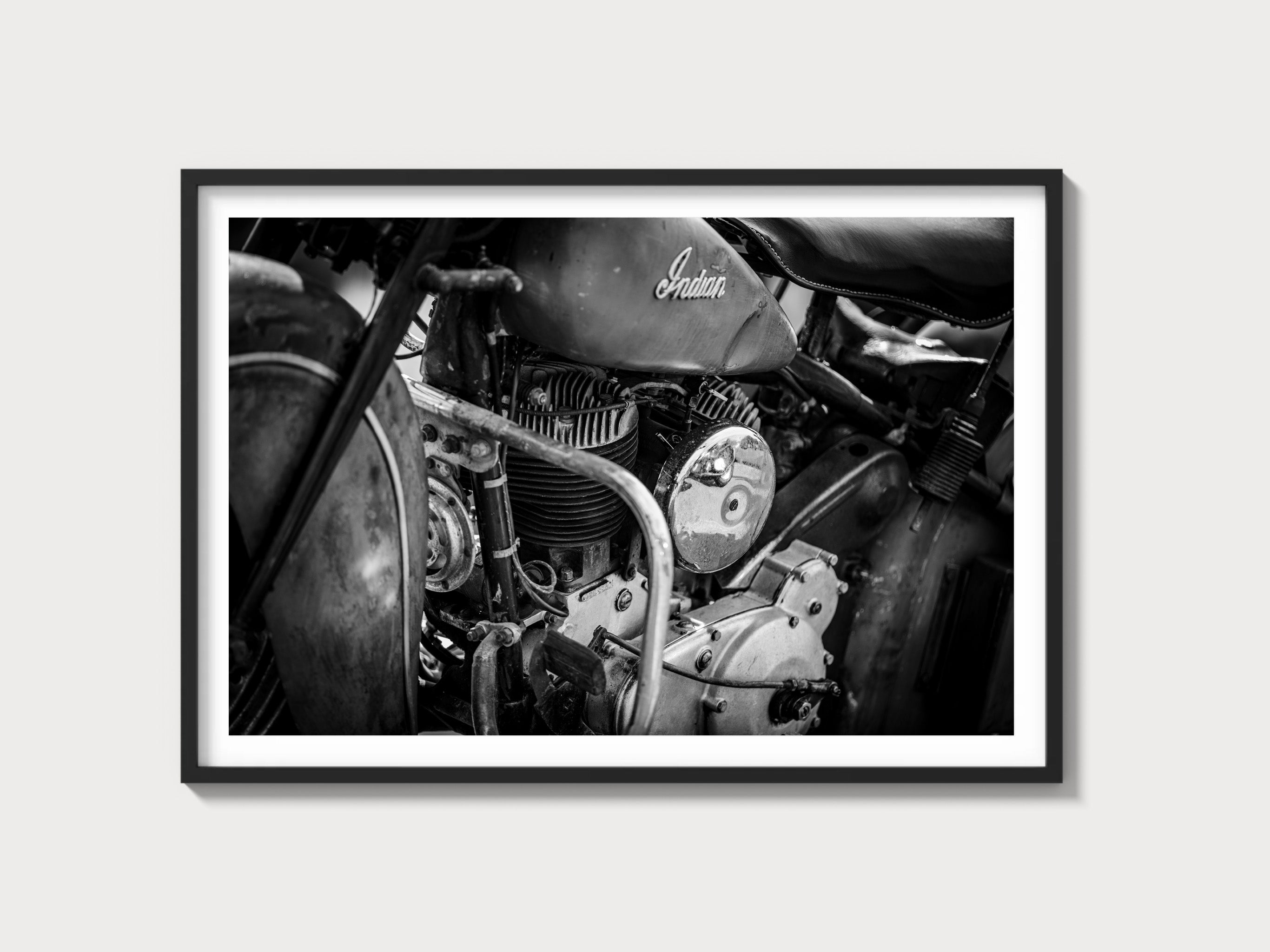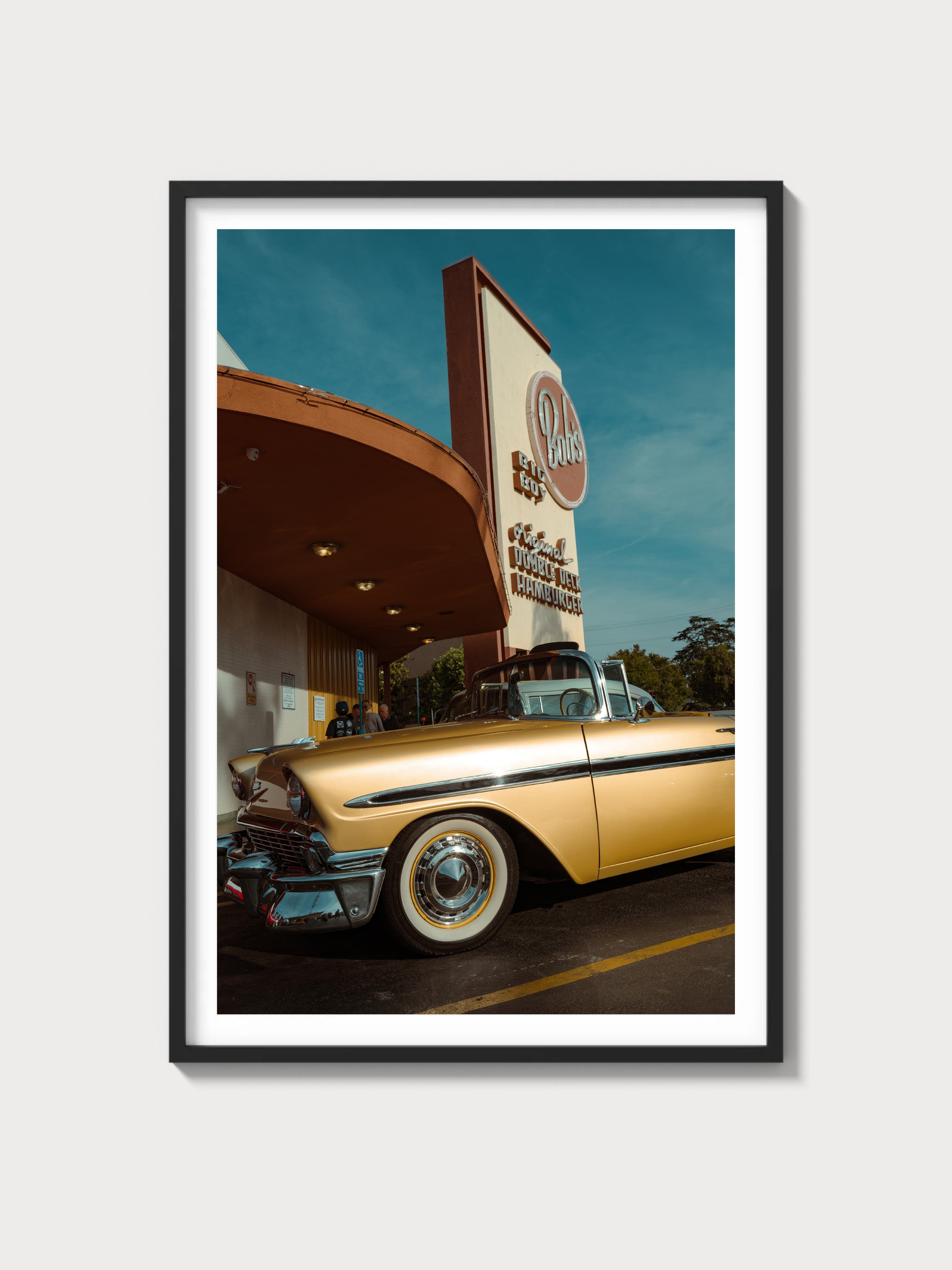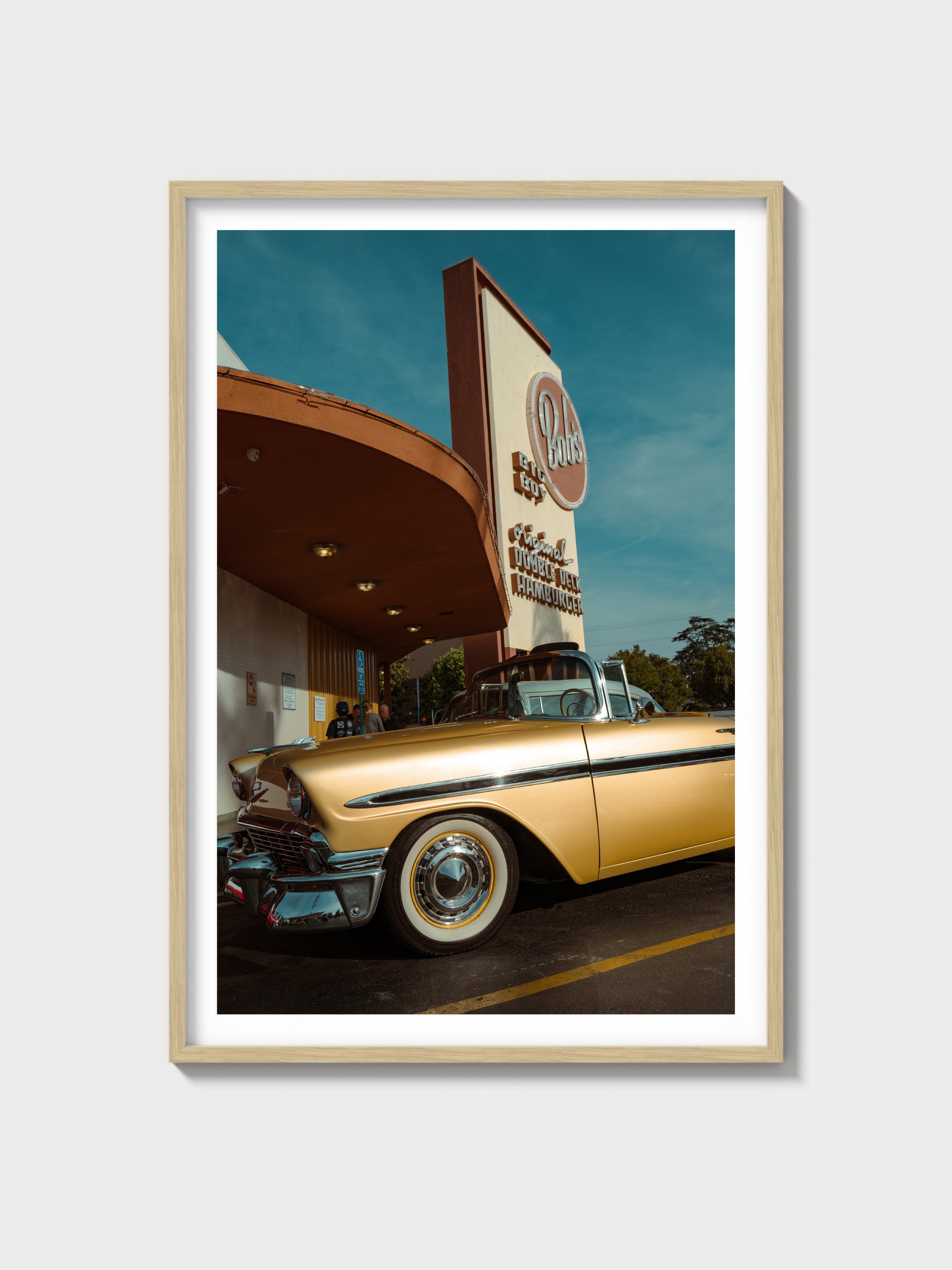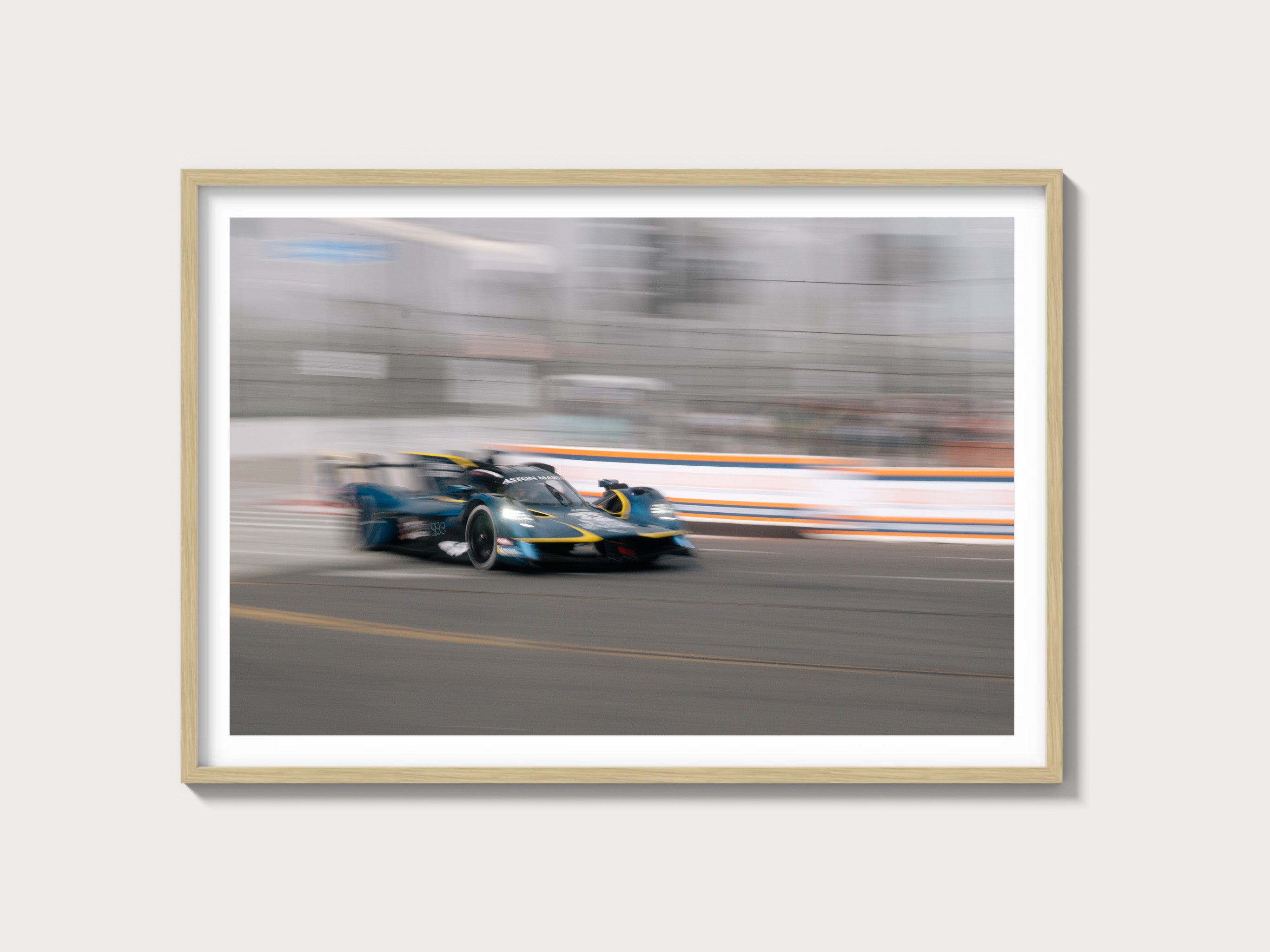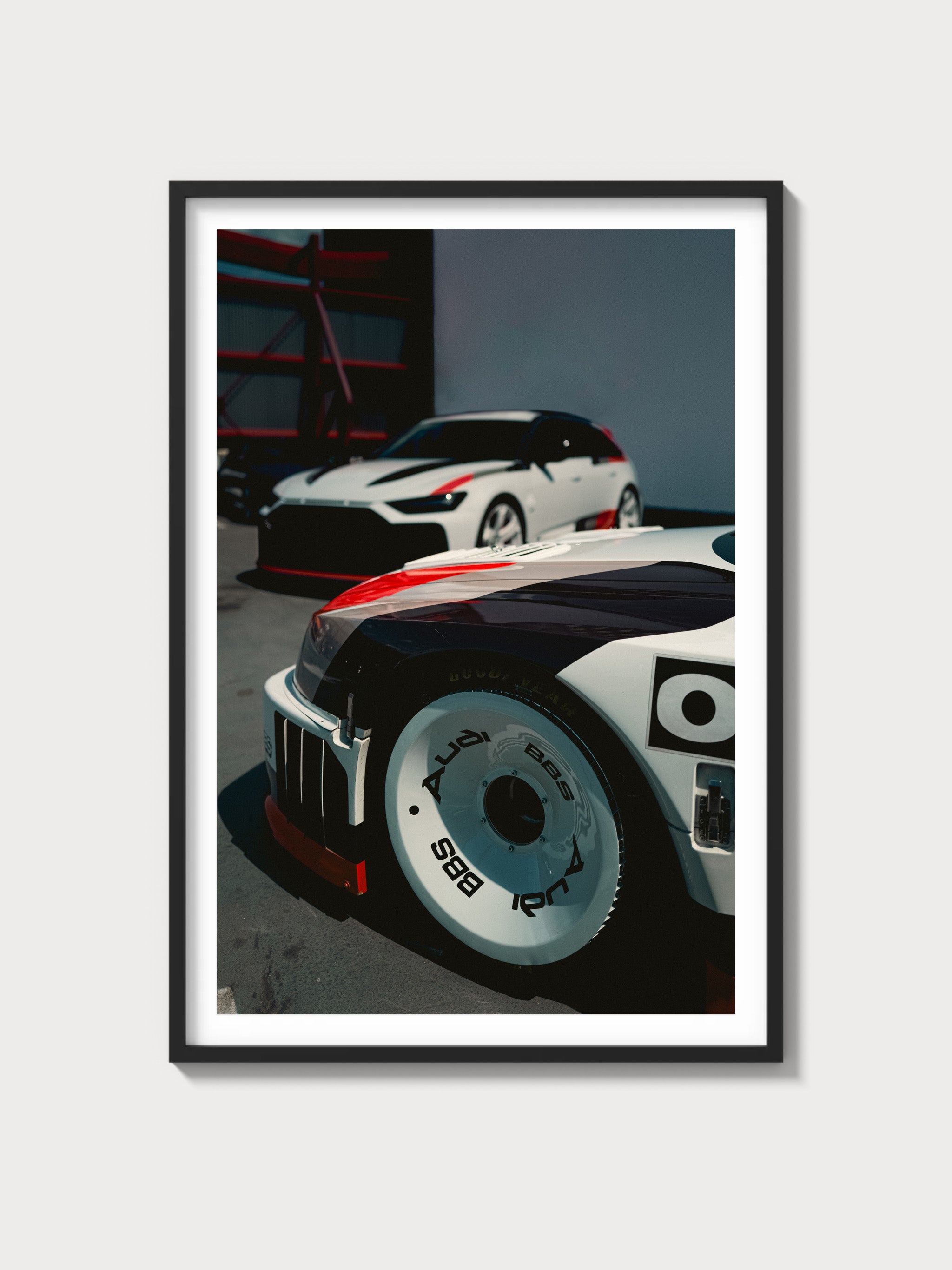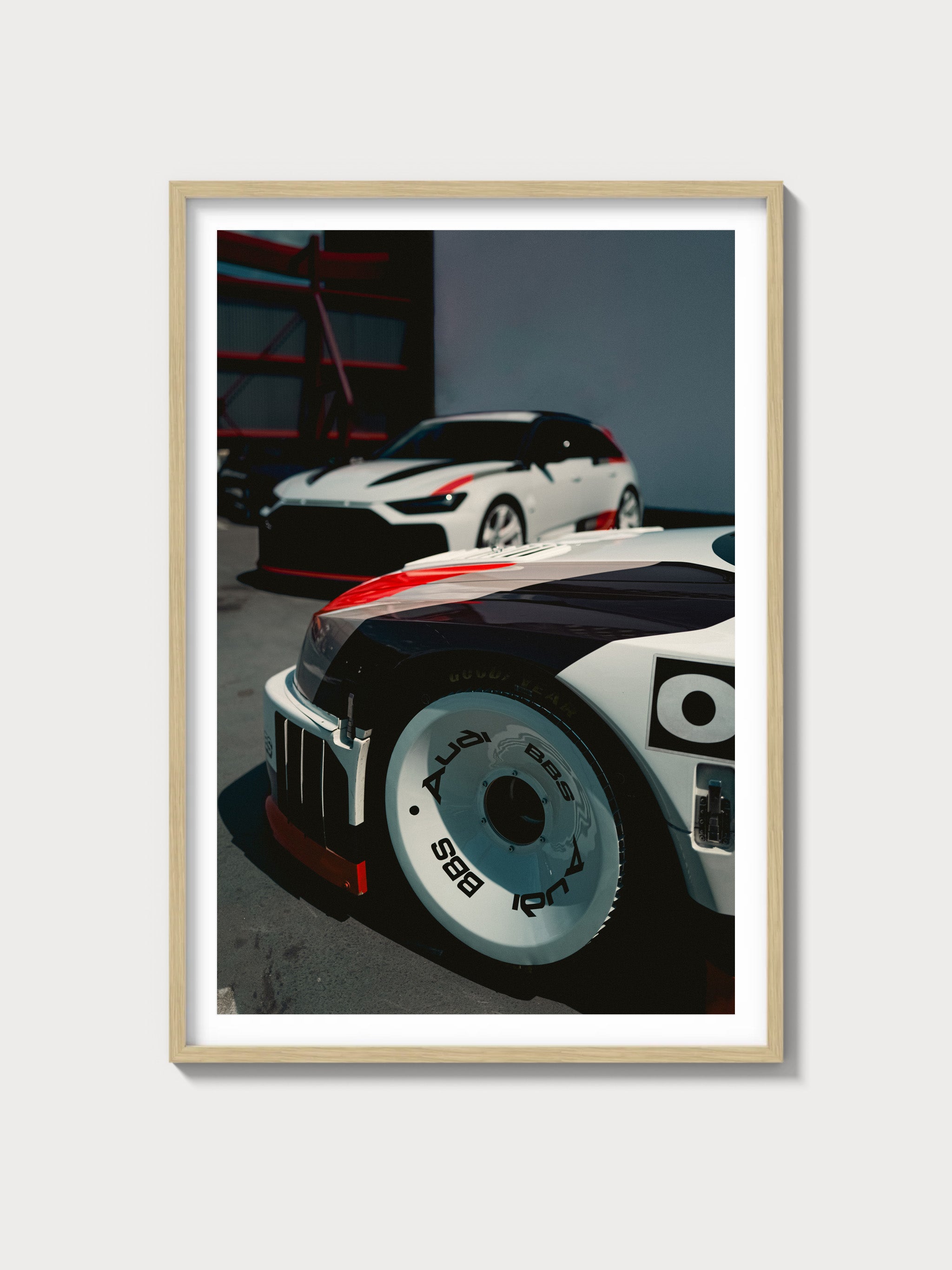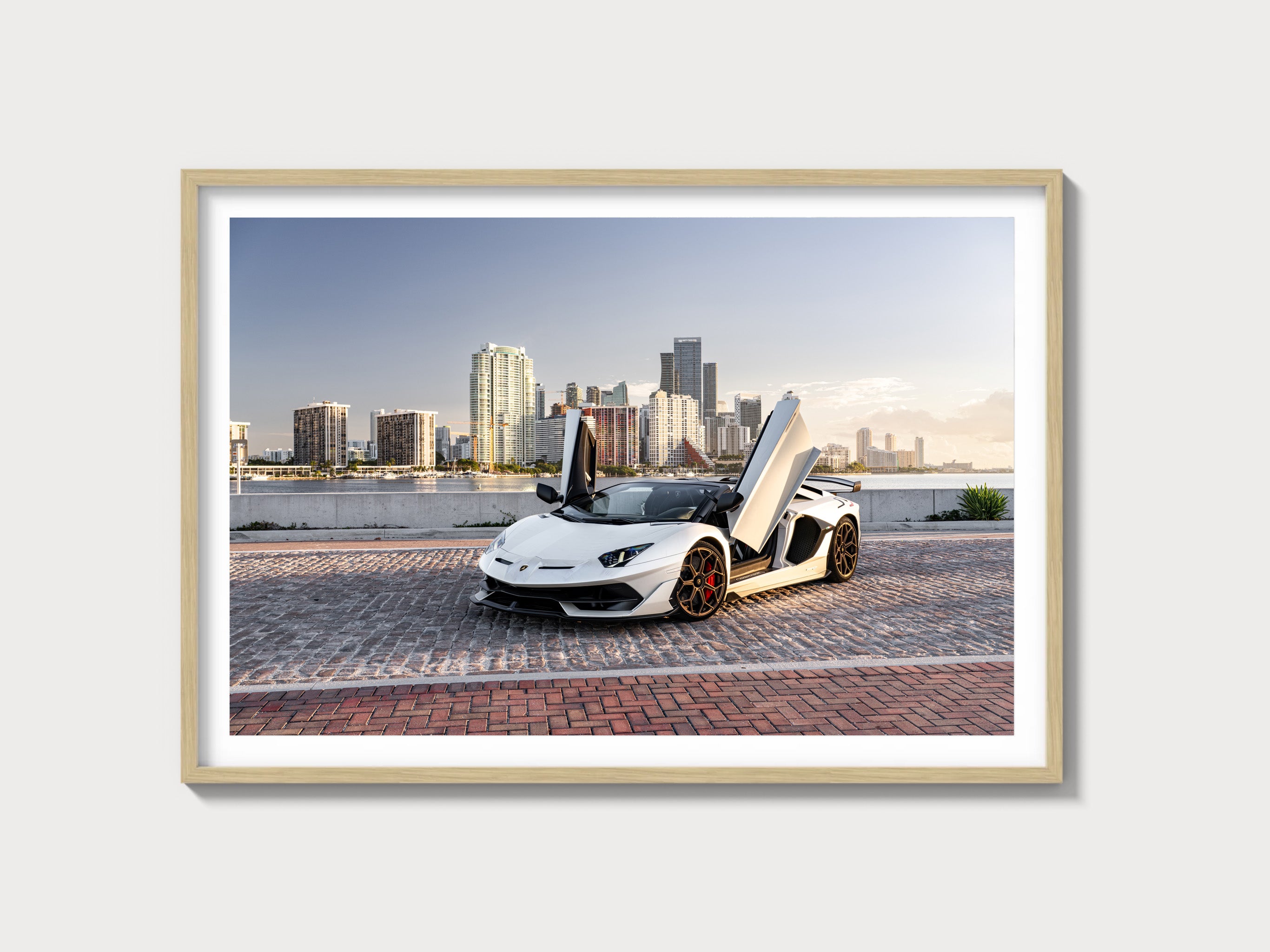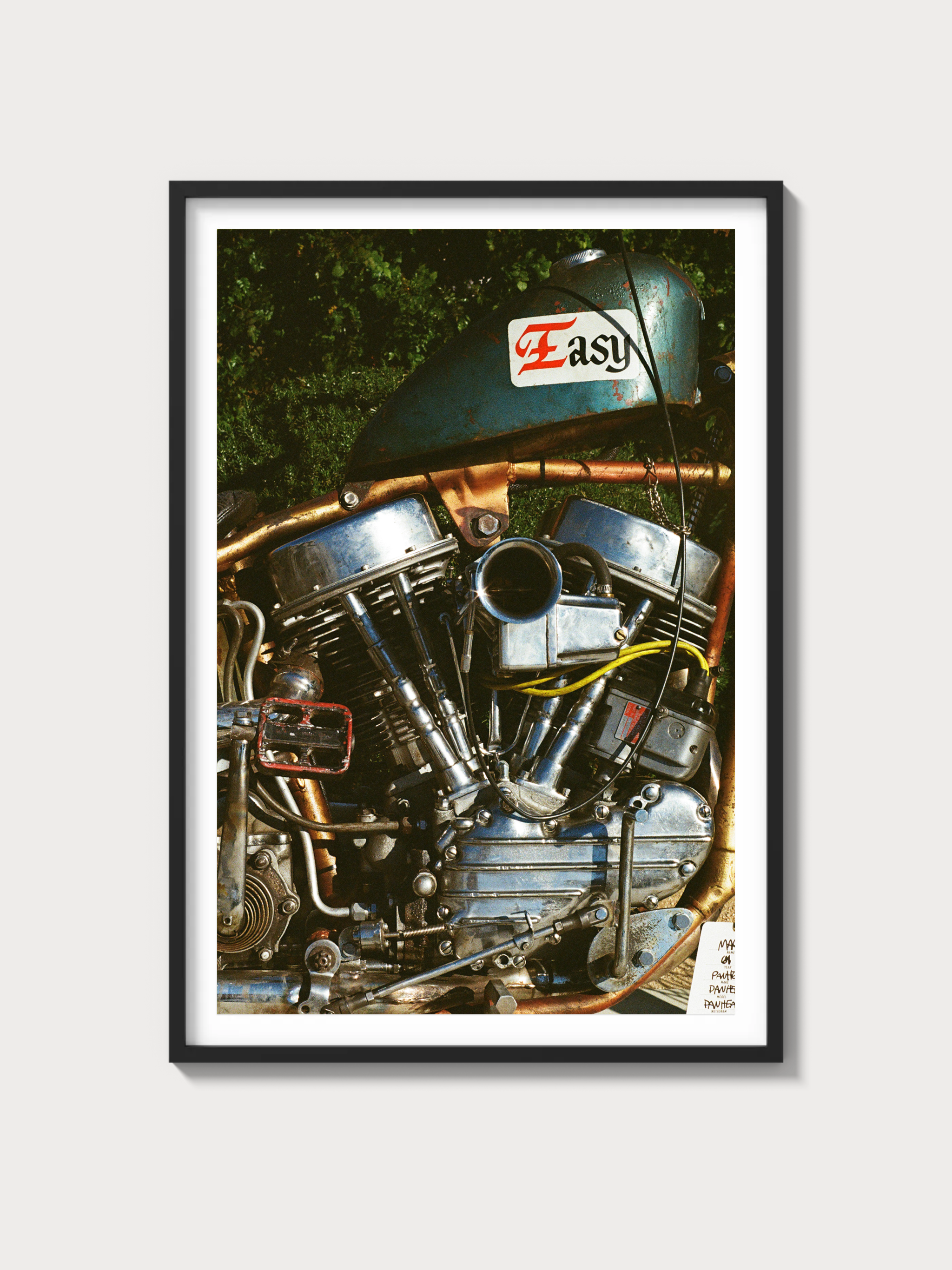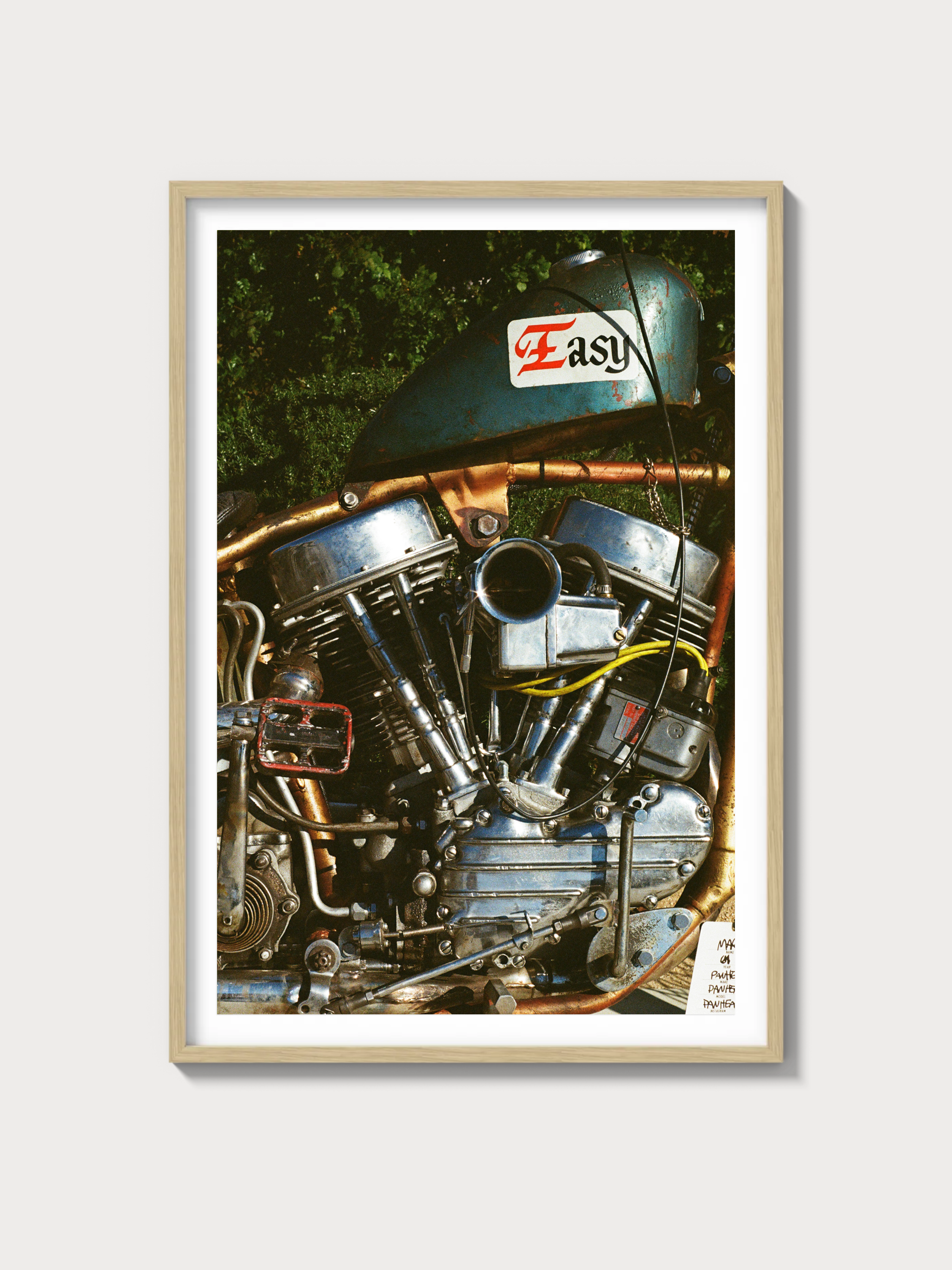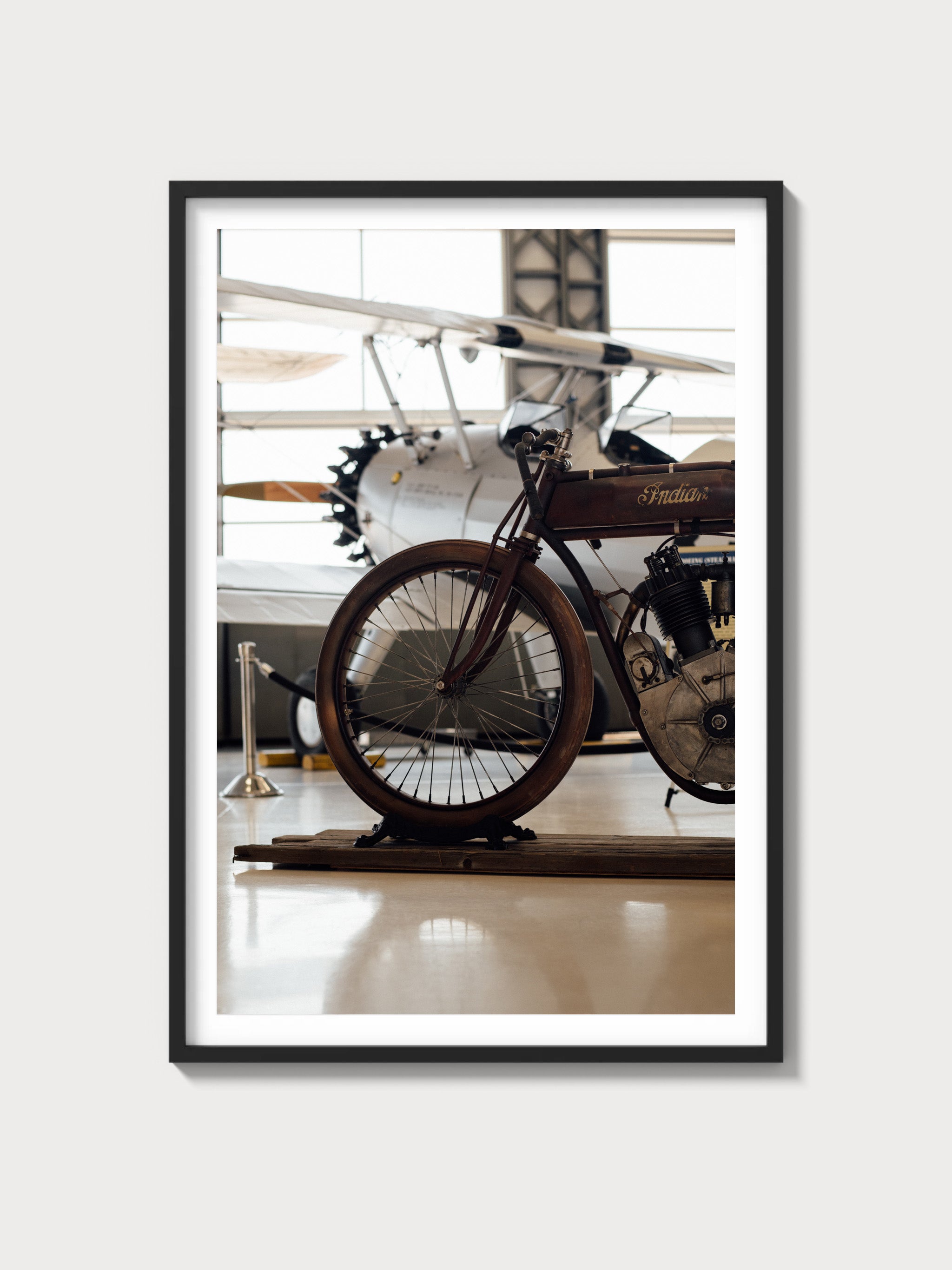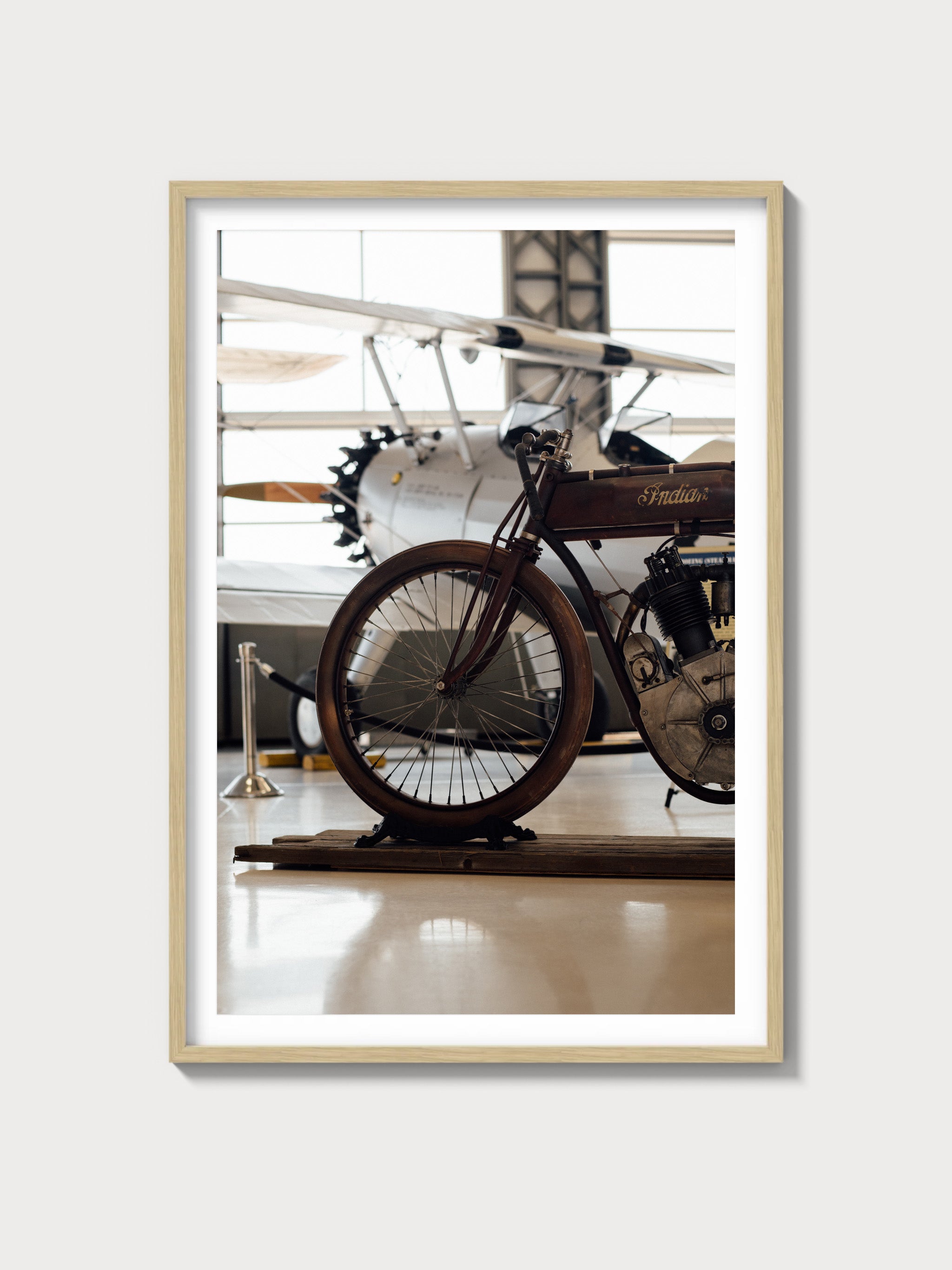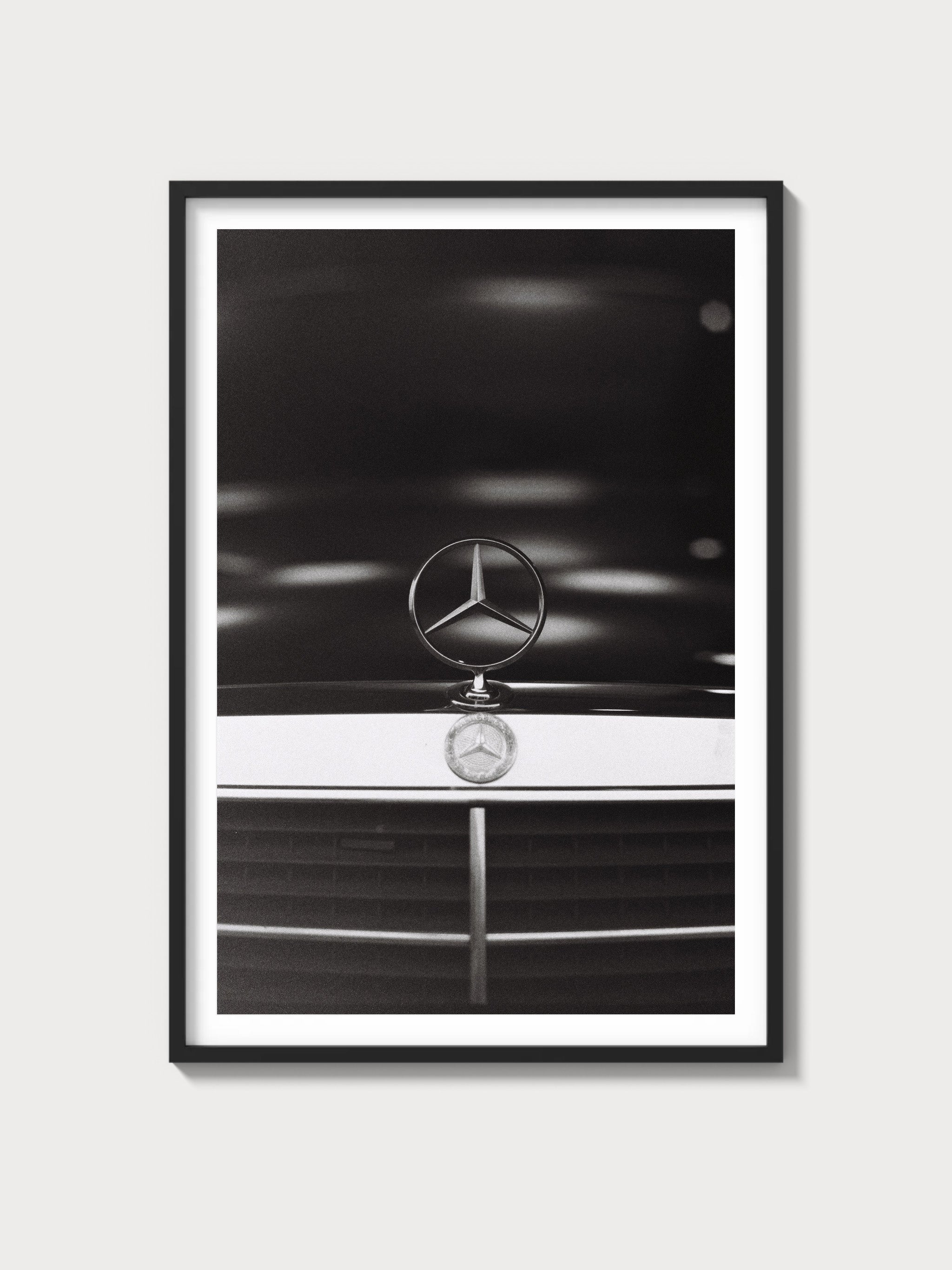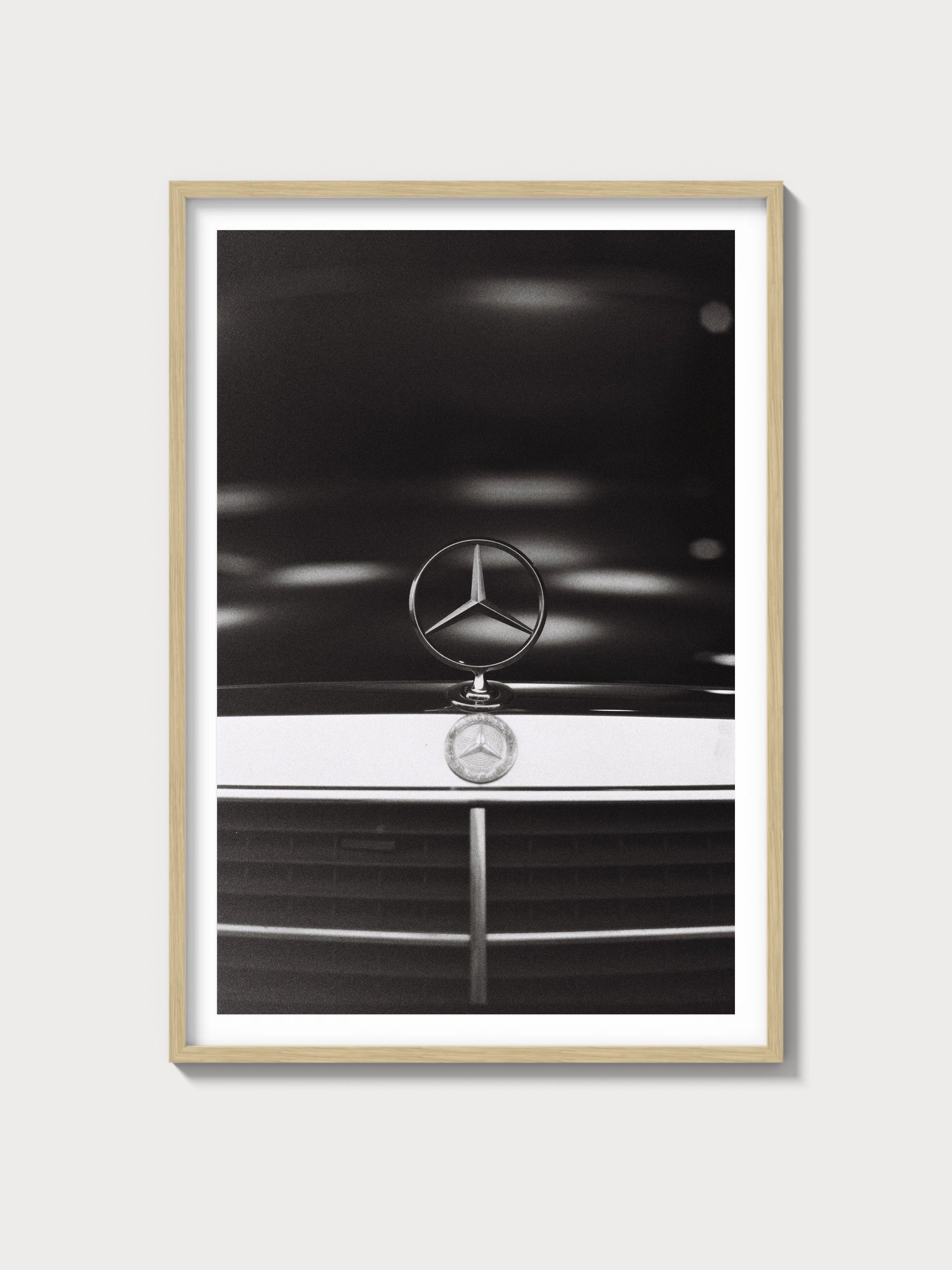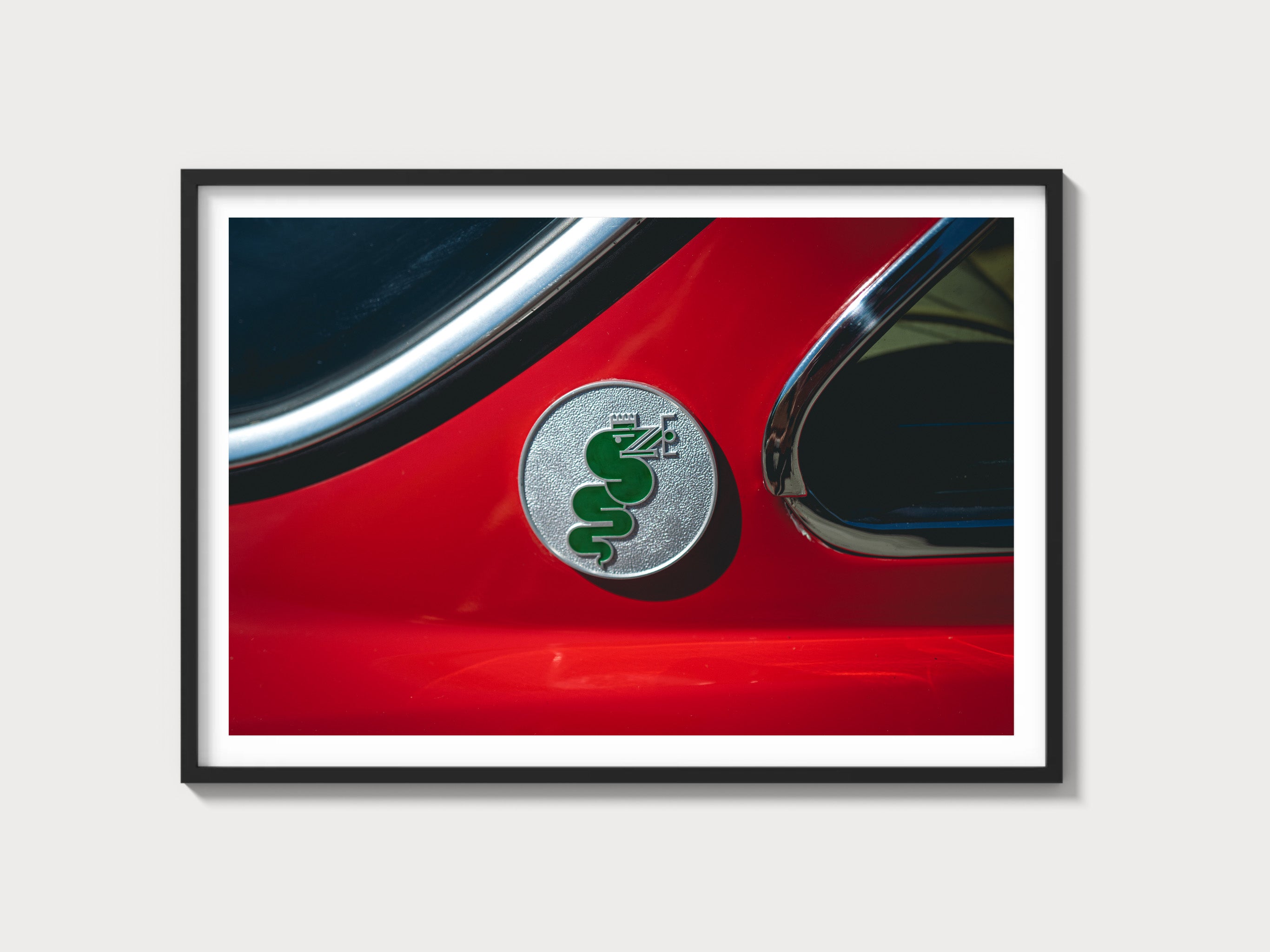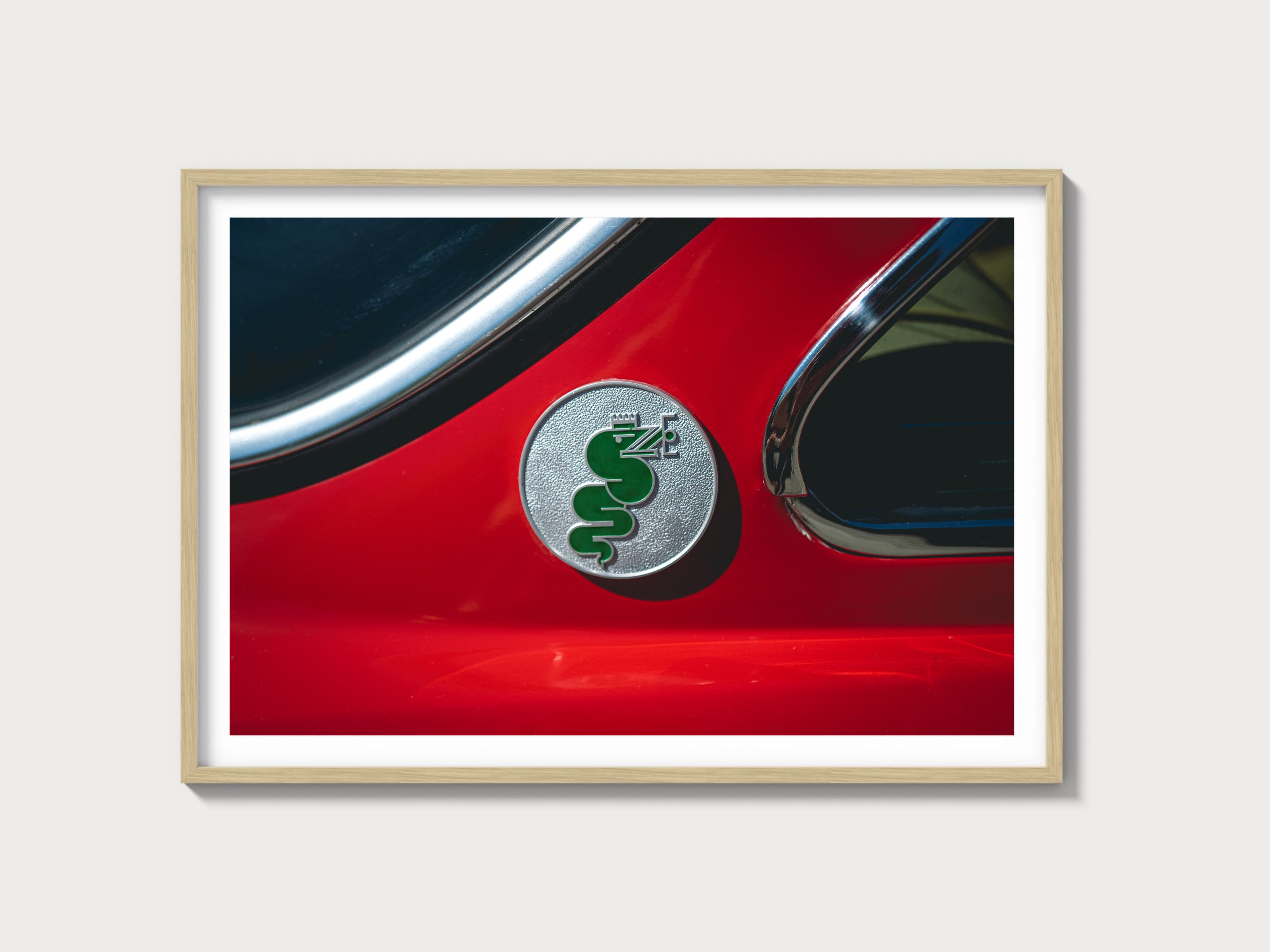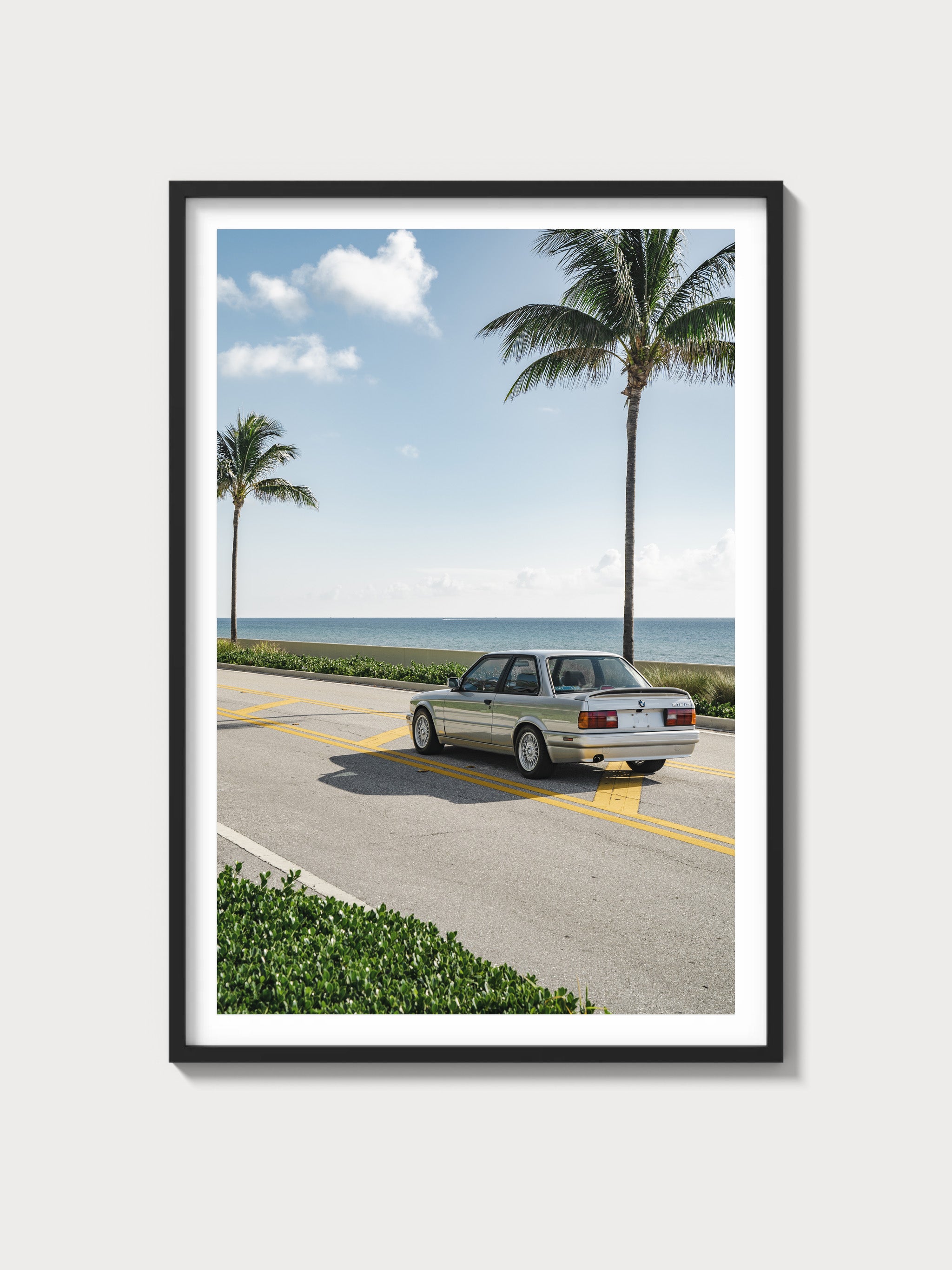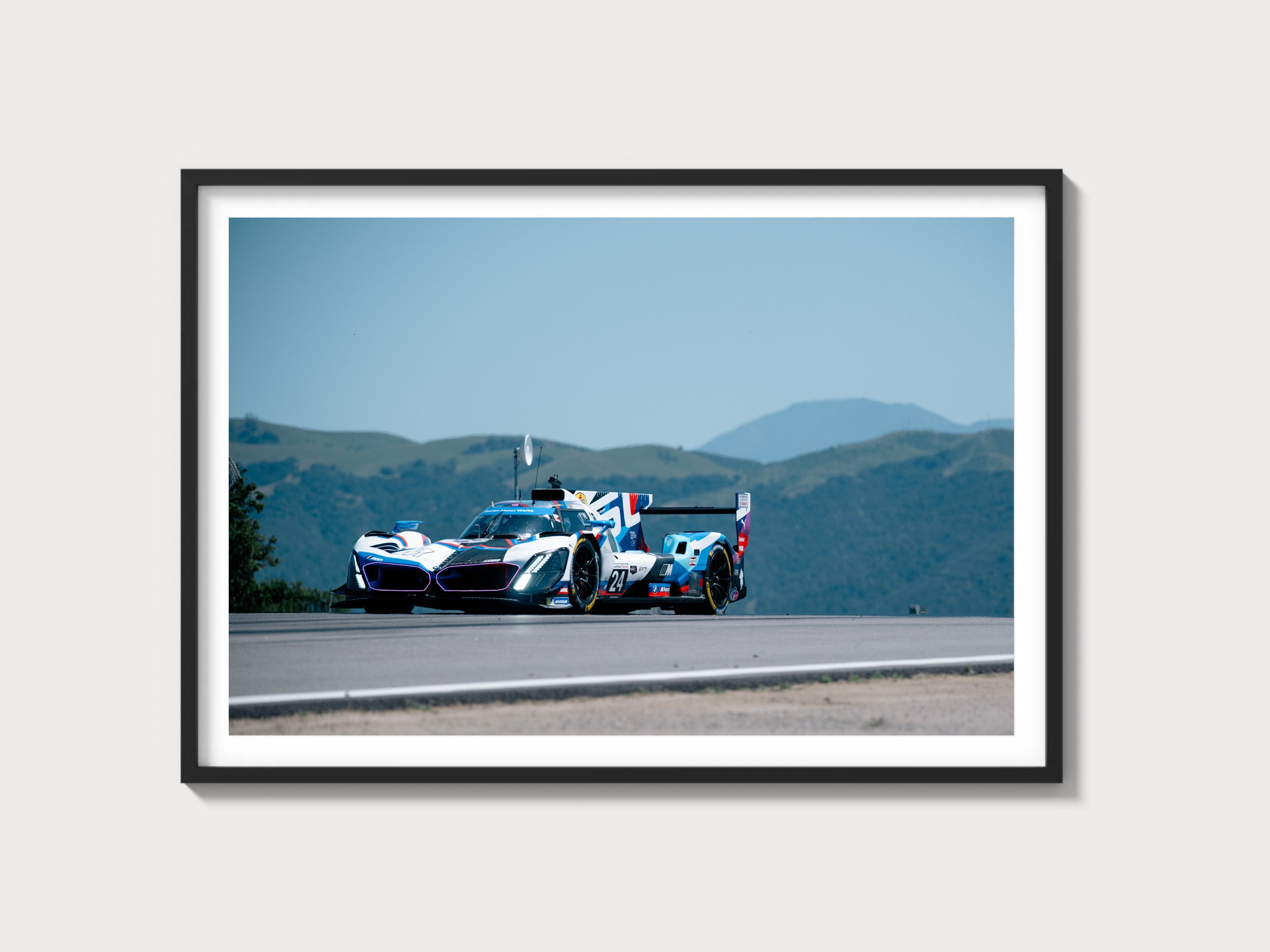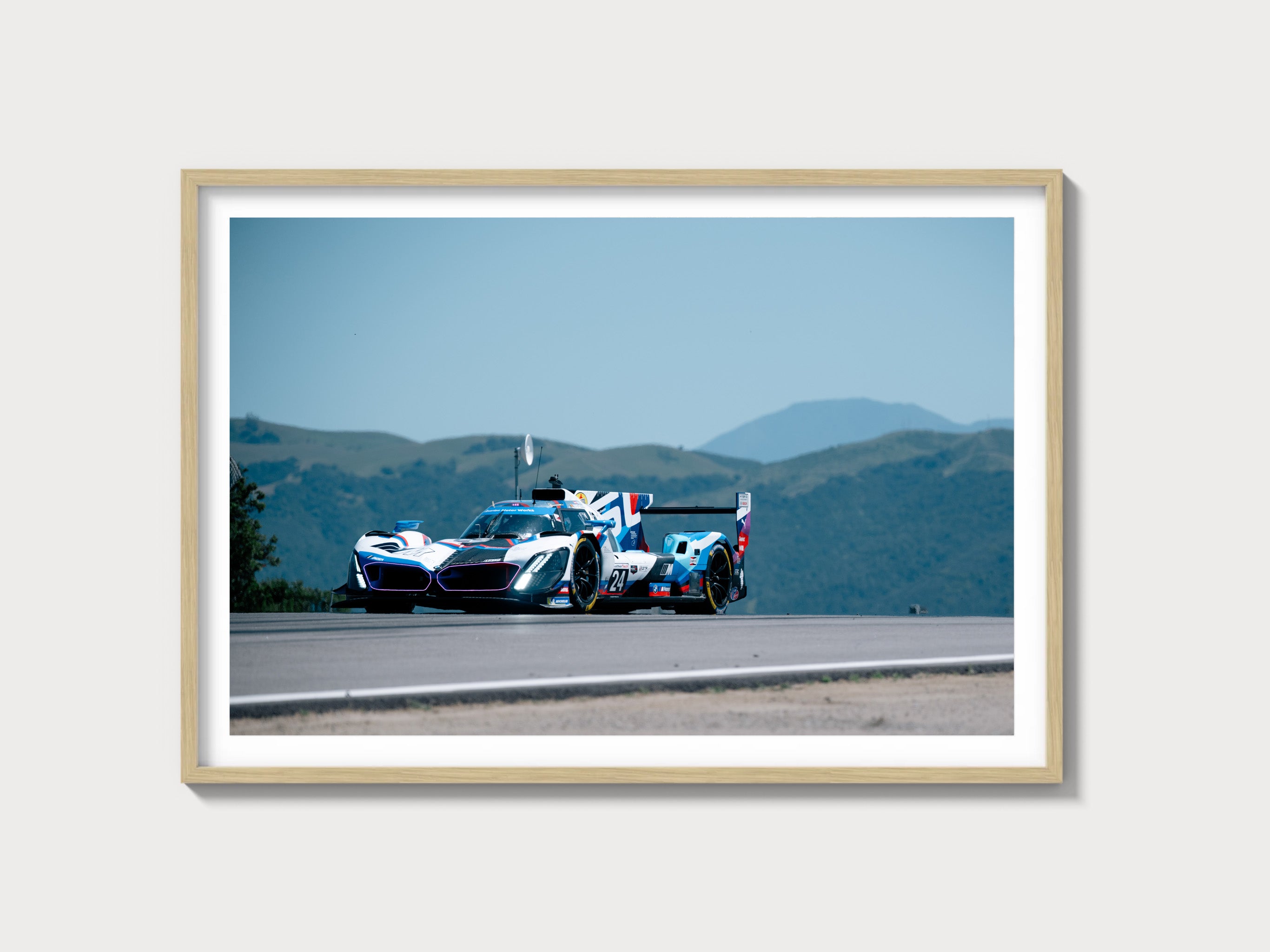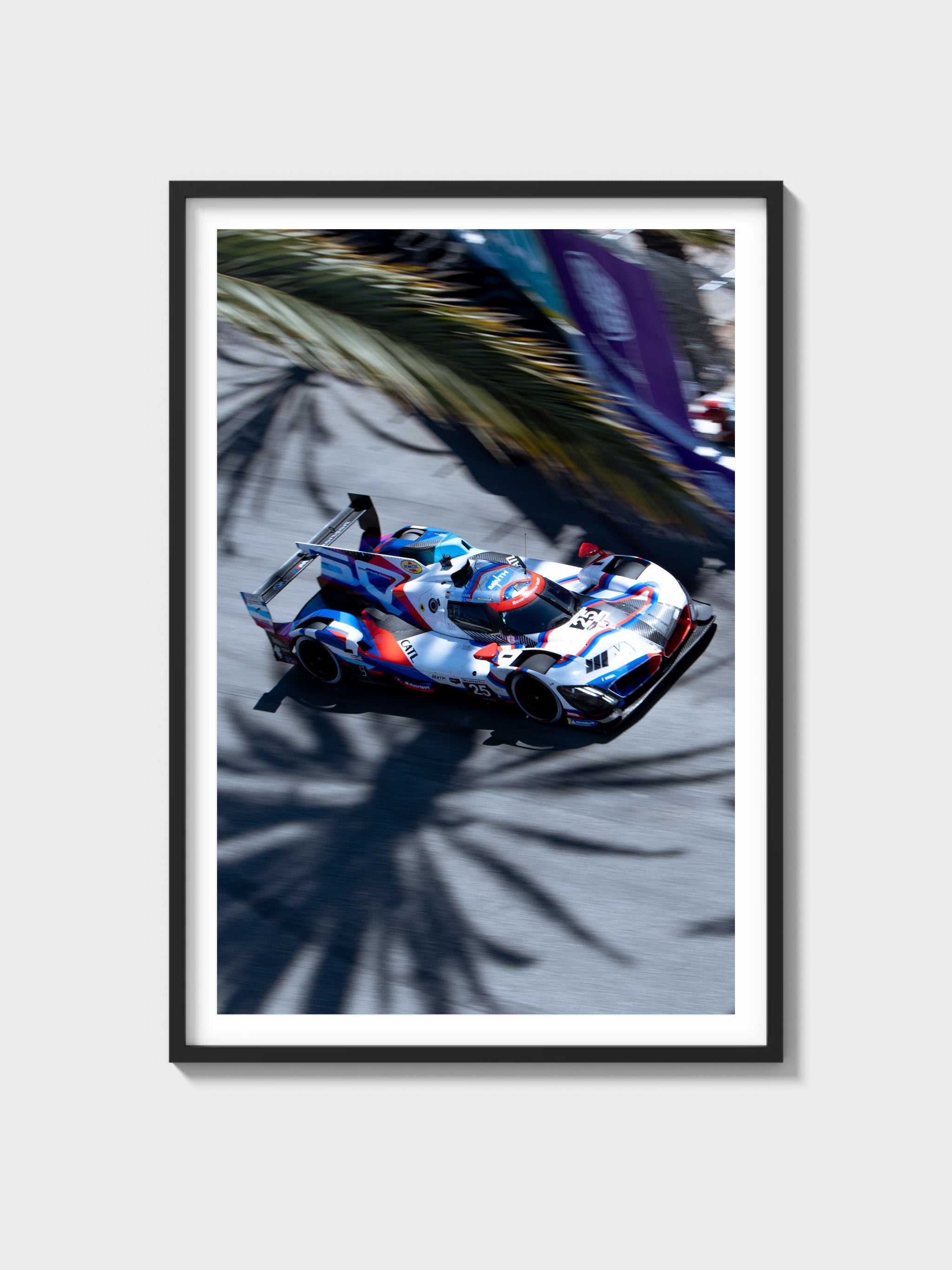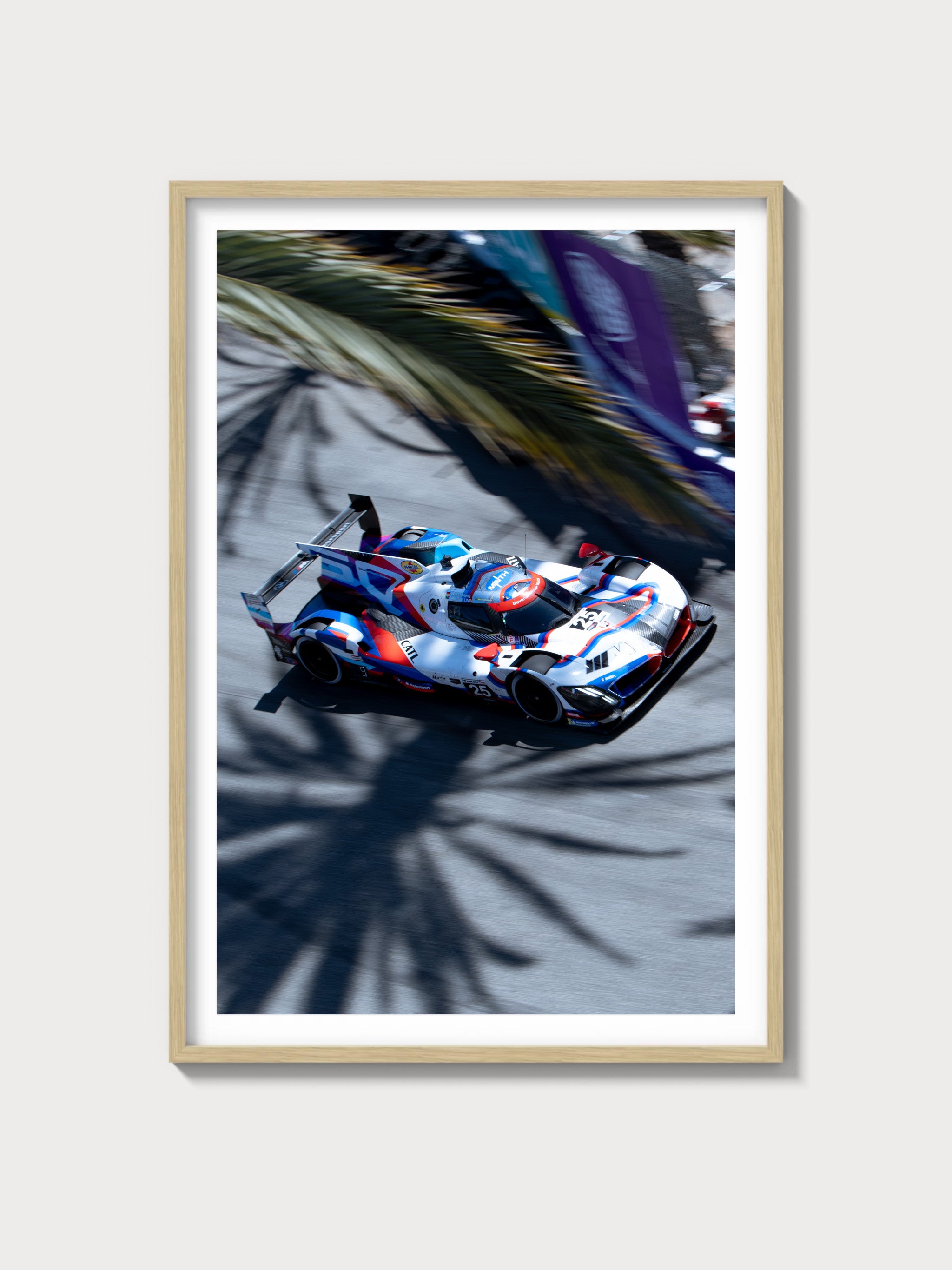2005–2009 Chevrolet Uplander (1st Gen) — The Last of GM’s U-Body Minivans
Chevrolet’s Uplander arrived for 2005 as the Venture’s successor and bowed out after 2008 in the U.S. (with Canadian/Mexican-market fleet carryover through 2009). Built at GM’s Doraville, Georgia, plant, the Uplander shared its U-body platform with the Pontiac Montana SV6, Buick Terraza, and Saturn Relay. GM pitched it as a “crossover sport van,” giving the minivan a taller, SUV-like front clip while retaining sliding doors and a long, low load floor. Underneath, it remained a pragmatic, front-drive family hauler powered by stout, old-school pushrod V6s.
Historical Context and Development Background
Corporate Strategy and Design Objectives
The Uplander represented GM’s attempt to bridge minivan practicality with the SUV zeitgeist of the mid-2000s. The marketing language changed, but the engineering brief stayed sensible: easy ingress/egress, configurable seating, a quiet highway ride, and broad dealer support. The long-wheelbase U-platform provided generous interior volume, and Chevrolet added available power sliding doors and a comprehensive rear-seat entertainment suite, including an optional PhatNoise hard-drive-based media system on select trims.
Manufacturing and Platform
All North American Uplanders were assembled in Doraville. The U-body architecture—front-drive with a transverse V6—was an evolution of GM’s proven minivan formula dating back to the late-1990s. The Uplander’s nose-to-tail redesign brought a higher hood line, updated crash structures, and revised NVH countermeasures compared with the Venture.
Competitor Landscape
The Uplander entered a fiercely competitive segment. Key rivals included the Honda Odyssey (third generation), Toyota Sienna (second generation), Chrysler Town & Country/Dodge Grand Caravan, Ford Freestar, and Kia Sedona. The imports leaned on advanced powertrains and refined ride/handling; Chrysler doubled down on packaging with Stow ’n Go. Chevrolet’s counterpunch was value, straightforward mechanicals, and widespread dealer familiarity.
Engines and Technical Specifications
Chevrolet offered two iterations of GM’s 60-degree pushrod V6: a 3.5-liter as the launch engine and a 3.9-liter as the step-up (which became prevalent later in the run depending on market and trim). Both paired with a 4-speed automatic. Versatrak on-demand AWD was available early in production and discontinued when the 3.9-liter became dominant.
| Years (availability) | Engine code | Configuration | Displacement | Horsepower | Torque | Induction | Fuel system | Compression | Bore x Stroke | Valve train | Redline |
|---|---|---|---|---|---|---|---|---|---|---|---|
| 2005–2006 (widespread; limited after) | LX9 | 60° OHV V6 | 3,498 cc (3.5 L) | 200 hp (approx.) | 220 lb-ft (approx.) | Naturally aspirated | Sequential multi-port fuel injection | ~9.5:1 | 99.0 mm x 76.0 mm | Cam-in-block, 2 valves/cyl. | ~6,000 rpm |
| 2006–2009 (optional → prevalent) | LZ9 | 60° OHV V6 | 3,879 cc (3.9 L) | 240 hp (approx.) | 240 lb-ft (approx.) | Naturally aspirated | Sequential multi-port fuel injection | ~9.8:1 | 99.0 mm x 84.0 mm | Cam-in-block, 2 valves/cyl. | ~6,000 rpm |
Transmission: 4-speed automatic (GM 4T65-E), driving the front wheels. Versatrak AWD was offered in early years with the 3.5L, using an on-demand rear-drive module and twin clutch packs to apportion torque to the rear axle when slip was detected.
Driving Experience and Handling Dynamics
On the road, the Uplander prioritizes isolation over immediacy. The hydraulic steering is light and accurate enough for its brief, with a calm on-center and predictable weighting. Front MacPherson struts and a rear twist-beam axle deliver a supple highway ride; lateral control is adequate, though body motions are more generous than class leaders of the day. Noise suppression is notably improved versus the Venture, with less boom from the rear and better firewall isolation.
The 3.5-liter provides acceptable thrust with a relaxed demeanor; the 3.9-liter’s broader midrange fills out the Uplander’s considerable mass more convincingly, particularly with passengers and luggage. Throttle response is smooth rather than urgent, and the 4T65-E’s shift logic favors early upshifts and slurred part-throttle changes. Braking performance is consistent in daily use, with front ventilated discs and rear drums; ABS was widely available. Stability control was offered later in the run and became standard near the end, improving emergency maneuver confidence.
Performance Specifications
| Specification | 3.5L V6 (FWD) | 3.9L V6 (FWD) |
|---|---|---|
| 0–60 mph | ~9.5–10.2 sec | ~8.5–9.2 sec |
| Quarter-mile | ~17.2–17.8 sec @ ~80–83 mph | ~16.5–17.2 sec @ ~83–86 mph |
| Top speed (limited) | ~108–110 mph | ~108–110 mph |
| Curb weight | ~4,300–4,450 lb | ~4,350–4,500 lb |
| Layout | Transverse front-engine, FWD (Versatrak AWD early years) | Transverse front-engine, FWD |
| Brakes | Front vented discs, rear drums; ABS available | Front vented discs, rear drums; ABS available |
| Suspension | Front MacPherson struts; rear twist-beam axle with coils | Front MacPherson struts; rear twist-beam axle with coils |
| Gearbox | 4-speed automatic (4T65-E) | 4-speed automatic (4T65-E) |
Note: Real-world performance varies with passenger load, drivetrain (FWD vs early AWD), and equipment.
Variant and Trim Breakdown
The Uplander family was structured around LS and LT trims, with content packages (1LT/2LT/3LT), an early-run AWD option, and a panel-sided Cargo Van aimed at commercial fleets. Availability and content varied by model year and market.
| Variant | Years | Drivetrain | Key features | Market/Notes | Production numbers |
|---|---|---|---|---|---|
| LS | 2005–2009 | FWD (AWD early) | 7-passenger seating, steel wheels, basic audio; power sliding doors optional; 3.5L early, 3.9L available later | Core retail and fleet trim | Not publicly released by GM |
| LT (1LT/2LT/3LT packages) | 2005–2009 | FWD (AWD early) | Alloy wheels, upgraded audio, leather availability, rear-seat DVD, PhatNoise media system on select packages; more convenience/electronics | Better-equipped retail models | Not publicly released by GM |
| AWD (Versatrak) | 2005–2006 | On-demand AWD | Rear drive module with twin wet-clutch packs; paired with 3.5L | Discontinued as 3.9L became prevalent | Not publicly released by GM |
| Cargo Van (panel) | 2005–2009 | FWD | Deleted rear seats/windows, rubberized cargo area, fleet spec | Primarily fleet/commercial sales | Not publicly released by GM |
| Canada/Mexico carryover | 2009 | FWD | Continuity of late-spec 3.9L models for those markets | Retail/fleet mix outside the U.S. | Not publicly released by GM |
Note: GM did not publish trim-by-trim production figures for the Uplander; public data largely exists at the model/year sales level.
Ownership Notes: Maintenance, Parts, and Restoration
- Powertrain durability: The 3.5L and 3.9L 60° OHV V6s use timing chains and are generally robust with regular oil changes. Intake manifold gasket seepage—an older GM V6 trope—was addressed with improved materials, but checking for external coolant weep remains prudent.
- Transmission: The 4T65-E is widespread in GM’s portfolio. Preventive fluid and filter service helps longevity; common age-related issues include pressure control solenoid wear and fourth-gear clutch hub spline failure. Smooth, decisive shifts on a test drive are a good sign.
- AWD specifics: Early Versatrak systems require correct fluid and intact seals in the rear drive module. Parts are available but more specialized than FWD components.
- Chassis/suspension: Front strut mounts and stabilizer end links can clatter with mileage. The intermediate steering shaft clunk is a known annoyance; GM issued revised parts/lube procedures.
- Electrical/doors: Power sliding door rollers, latches, and harnesses are wear items. ABS/traction lights are often wheel-speed sensor or hub-related.
- Rust watch points: Rocker panels, rear wheel arches, and underbody hardware in salt-belt use.
- Service intervals: Follow the Oil Life Monitoring system or use conservative intervals. Coolant (Dex-Cool) service and good-quality coolant elbows/gaskets help prevent leaks. Transmission service at reasonable mileage intervals is wise for longevity.
- Parts availability: Mechanical, brake, and electrical service parts are plentiful across AC Delco and aftermarket channels. Body/interior trim is more hit-or-miss; sliding door hardware remains available.
Cultural Relevance and Market Perspective
The Uplander carved out a niche in family fleets, municipal use, airport shuttles, and mobility conversions. It is not a blue-chip collectible, but clean, low-mile late 3.9L vans with comprehensive service records remain attractive as honest, low-complexity carriers. At public auctions and dealer lanes, Uplanders have typically transacted below class leaders from Honda and Toyota; professionally executed wheelchair conversions command a meaningful premium over standard examples thanks to their specialized equipment and provenance.
FAQs
Is the Chevrolet Uplander reliable?
With routine maintenance, the 3.5L/3.9L pushrod V6s and 4T65-E transmission are capable of long service. Look for evidence of regular fluid changes, smooth transmission operation, and dry intake/coolant junctions. Power sliding door and hub/ABS sensor issues are common wear-and-tear items.
Does the Uplander have a timing belt?
No. Both engines use timing chains.
What engines were offered?
A 3.5L OHV V6 at launch and a 3.9L OHV V6 as the step-up (becoming prevalent later in the run). Output spans roughly 200–240 hp depending on engine and calibration.
Was all-wheel drive available?
Yes, Versatrak AWD was offered in the early years with the 3.5L. It was discontinued later.
How quick is it?
Typical 0–60 mph times range from the high 8s to around 10 seconds, with the 3.9L notably stronger in real-world acceleration.
What is the towing capacity?
When properly equipped, the Uplander is rated to tow up to 3,500 lb, suitable for small trailers and light loads.
What are known problem areas?
Transmission shift quality on neglected examples, intake manifold gasket seepage, power sliding door hardware, wheel hub/speed sensors, and intermediate steering shaft clunk. Early AWD components require correct maintenance.
How does it compare to rivals?
The Uplander trades the ultimate polish of class-leading imports for straightforward mechanicals, a cushy highway ride, and widespread parts/service support. Chrysler offered more innovative seating; Honda/Toyota delivered sharper dynamics and higher refinement.

